|
Find out why editorial conferences are worth attending for every editor and proofreader.
|
|
Join our Patreon community
- EditPod Tea Pot: Buy us a cuppa and help keep the podcast ad-free and independent.
- EditPod Tea Party: All of the above, plus you get exclusive access to quarterly live Q&As that help you keep your business on track.
Music credit
She is an Advanced Professional Member of the Chartered Institute of Editing and Proofreading (CIEP), a member of ACES, a Partner Member of The Alliance of Independent Authors (ALLi), and co-hosts The Editing Podcast.
- Get in touch: Louise Harnby | Fiction Editor & Proofreader
- Connect: Twitter at @LouiseHarnby, Facebook and LinkedIn
- Learn: Books and courses
- Discover: Resources for authors and editors
Editorial training without borders: Should you bother with international editing conferences?
9/10/2019
First up was the one day mini-conference hosted by the Society for Editors and Proofreaders Toronto Group. I travelled to Canada in early November. I bought a new winter coat for the occasion because Toronto in November is cold cold cold. The weather foxed me – it was balmy – but the conference was everything I expected. Brilliant.
Nine months later, I headed for Chicago, this time for the Editorial Freelancers Association meeting. The sunshine came as promised, not just on the lake shore but in the Swissôtel, too, where the conference took place. I received a lovely welcome and had a ball.
Three weeks after that, I was learning again, but this time in the UK. The annual Society for Editors and Proofreaders conference took place at Aston Business School. Rain threatened but never arrived, and the meeting was smashing.
Three different conferences. Three different countries. And one thing in common ...
The delegates were international.
And that’s the thing about the editorial community – we’re from everywhere, and our conferences reflect that.
Still, attending conventions, especially those abroad, means an investment in money and time for the professional editor, so why bother?
Our clients don’t all live where we live.
Take me. I’m a Brit but I’m not an editor of British novels. I’m an editor of novels written in English ... or I should say, Englishes.
And as all pro editors know, there is more than one English. And while those Englishes come with variances in spelling, punctuation, grammar conventions and idiom, all of that can be learned and understood.
And that's one of the pulls of international conferences. What better way to hone your craft than by spending time in the places where those Englishes are spoken and written, and hanging out with the people who speak and write them?
Here are some ideas to help you decide whether to cross the border for your editorial training:
1. Look at the conference programme
Are there sessions on aspects of editing, or the business of editorial work, that you can’t access elsewhere?
For example, take a look at the 2019 Toronto SfEP mini-conference programme (Wednesday, 6 November). You can learn how to identify the missing parts in a fiction narrative, how to use macros, how to master templates, how to edit indexes, and how to tackle fast-turnaround editing. There’s also an optional pre-conference workshop on raising rates.
2. Who's speaking?
Are the presenters offering learning opportunities that will be easier to learn face to face? Or perhaps there are keynoters or after-dinner speakers you’d be unlikely to meet otherwise.
At the 2019 SfEP conference in Aston, bestselling crime-fiction author Chris Brookmyre , linguist Rob Drummond, and broadcaster/writer David Crystal were all on the schedule. We learned hard ... and laughed harder because all three make what they teach memorable through humour.
3. Can you leverage being an international speaker?
Think about whether speaking at editorial events beyond your borders is something you can leverage professionally and that will pay back your investment in the long run.
Some of our potential clients value knowing we have international speaking experience because it reflects a global trust in our specialist knowledge.
4. Is an honorarium available?
If you’re prepared to speak on a specialist topic, you might qualify for financial support.
Of course, this depends on the organizer’s budget and the value they think you’ll bring to the conference, but editorial societies are increasingly recognizing the benefits of international speakers in view of the global nature of our community. Don't assume that assistance isn’t available.
Even a contribution to flight, accommodation or meals might be the tipping point for your saying yay rather than nay.
5. Can you buddy up to reduce costs?
If a flight’s involved, you’ll have to bite the bullet. If you can drive across the border, however, you can share the cost of travel.
And how about sharing a room? I did this with my podcast pal Denise Cowle at the 2018 ATOMICON marketing conference. We halved our costs. And neither of us snored. Promise.
We’re talking about doing ACES in a couple of years. Being Airbnb buddies will be one way we’ll make it viable.
6. Find out who else is going
Face-to-face networking is powerful. Spending time with international colleagues could lead to referrals that will earn you a return on investment further down the line.
And if you have books, courses or other training materials relevant to your editorial colleagues, you could reach new markets when you take the time to put yourself in front of your audience and speak at an international event.
We’re much more likely to buy from those we trust, and while online networking is great, and the online editorial community is vibrant and generous, nothing beats getting in front of people, talking with them face to face, when it comes to building relationships and trust.
7. Cost it out and save up
Work out what it’s going to cost. It’s all very well my talking about the benefits of international networking and learning, but I’m not going to pretend there isn’t hard cash on the line here!
Costing it out is the first step to creating a savings plan. That way you can prepare ... if not for this year’s meetup then for one a year or two down the road. Start with the basics:
- The journey: get some ballparks for petrol, the flight, or car hire. Share where you can.
- Accommodation costs: the conference hotel isn’t necessarily the cheapest option. A motel or Airbnb might suit you better. And with a pal on board, you can save even more.
- Meals: not all conferences include meals in the price. If you’ll need to feed yourself, check out what’s available outside the hotel. In-room dining and hotel restaurants are the quickest ways to drain your budget.
- Bar money: you’ll be socializing. A glass or two might be included in the main conference dinner or reception, but otherwise you’ll be paying for your own plonk.
- Time away from work: budget for the days (including jet-lag recovery) you won't be available for paid editing work. Budgeting sensibly is as much about knowing what we can earn as knowing when we can't.
Summing up
International conferences require more planning and a bigger investment of time and money, but if you’re canny about your preparation, think in the long term, and use them as opportunities to speak, they’re hugely beneficial.
Where will you go next? Maybe I'll see you there!
She is an Advanced Professional Member of the Chartered Institute of Editing and Proofreading (CIEP), a member of ACES, a Partner Member of The Alliance of Independent Authors (ALLi), and co-hosts The Editing Podcast.
- Get in touch: Louise Harnby | Fiction Editor & Proofreader
- Connect: Twitter at @LouiseHarnby, Facebook and LinkedIn
- Learn: Books and courses
- Discover: Resources for authors and editors
Summary
Find out more about:
- Responding to feedback
- Refining the delegate experience
- Benefits of attending the annual CIEP conference
- Choosing a venue
- Choosing speakers
- Programming sessions
Music credit
‘Vivacity’ Kevin MacLeod (incompetech.com). Licensed under Creative Commons: By Attribution 3.0 License http://creativecommons.org/licenses/by/3.0/
She is an Advanced Professional Member of the Chartered Institute of Editing and Proofreading (CIEP), a member of ACES, a Partner Member of The Alliance of Independent Authors (ALLi), and co-hosts The Editing Podcast.
Visit her business website at Louise Harnby | Fiction Editor & Proofreader, say hello on Twitter at @LouiseHarnby, connect via Facebook and LinkedIn, and check out her books and courses.
Listen to find out more about:
- National editorial societies
- Google and other search engines
- Writing networks
- Social media
- Refining your search by subject/genre specialism: editor portfolios
- Refining with sample edits
- Refining with testimonials
Editing bites
- Writers’ and Artists’ Yearbook
- Alliance for Independent Authors (ALLi)
Music credit
‘Vivacity’ Kevin MacLeod (incompetech.com). Licensed under Creative Commons: By Attribution 3.0 License: http://creativecommons.org/licenses/by/3.0/
She is an Advanced Professional Member of the Chartered Institute of Editing and Proofreading (CIEP), a member of ACES, a Partner Member of The Alliance of Independent Authors (ALLi), and co-hosts The Editing Podcast.
Visit her business website at Louise Harnby | Fiction Editor & Proofreader, say hello on Twitter at @LouiseHarnby, connect via Facebook and LinkedIn, and check out her books and courses.
I haven’t conquered my nerves about speaking at editing conferences, but that’s okay. Nerves are normal, even for presentations experts like my friend Simon Raybould.
More on him later, but for now it’s enough to say that feeling nervous is not the same as suffering from a level of anxiety that renders you unable to step out of your comfort zone and try something that could push your editing business forward.
Pushing your business forward
Speaking at editing conferences will push your business forward. You’ll get yourself seen and heard. People will understand more about who you are, what you specialize in, and what you stand for (your brand).
That will lead to opportunities: work referrals, awareness about courses or books that you offer, discounts on the conference registration price (even payment for some gigs), and invitations to speak at other conferences taking place in cities that require a little more effort to get to.
Take me. I live in Norfolk (the UK one). On 7 November, I’ll be speaking at the Society for Editors and Proofreader’s mini-conference in Toronto (register here if you want to join me – it’s now open to non-SfEP members). It’s a massive honour to be invited. I get to talk about my two editorial passions – fiction and marketing!
In 2016, I’d probably have shied away from doing this, despite the opportunity to hang out with my favourite Canadians (and a few of my favourite Americans). The words ‘I’m busy’ would have flown from my mouth just in time to curb the nausea.
In 2017, I might have agreed to do it as long as I was sharing the spotlight with a pal, though the thought would still have made me queasy.
But it’s 2018 and, to my surprise, I’m more than happy to fly solo.
Loathing turned to love because I changed one thing: I dumped the script.
This is where I get to talk about Simon again, because he’s the person responsible for making me love speaking at editing conferences. In May 2018, he wrote a blog post for me called 6 tips to help you speak in public with confidence. Tip 4 asks us not to use a script.
I was gobsmacked. There was no way in hell I’d dare stand up in front of a group of my peers without having every word of my presentation memorized!
We had a long chat about it over Skype, and by the end of that conversation he’d convinced me it was worth testing.
And so when the SfEP’s conference director, Beth Hamer, asked me to do a two-hour session, on my own, at the annual conference in Lancaster, I promised her I would. And I promised myself I’d do it without a script.
3 snags with scripts
Scripts are inherently problematic.
Snag 1: They take time to learn, especially if you’re going to be talking for an hour. Unless you have a brilliant memory. Which I don’t.
Snag 2: They’re hard to remember. If they were easy to remember, more of us would be on the stage. Which I’m not.
Snag 3: They’re difficult to deliver well. If they were easy to deliver well, more of us would have Oscars and BAFTAs. Which I don’t.
No wonder so many of us cringe at the thought of speaking at editing conferences.
Even if we manage to learn the damn script, what are the chances that we’ll remember it, given how nervous we are? And if we’re uptight about remembering, what are the chances that we’re going to deliver our script in a way that’s engaging and informative?
This is the kind of stuff that’s always been in my head when I think about presenting. All of which can be summed up as follows: at what point will I fail?
Going scriptless
You can’t fluff a script that doesn’t exist. That in itself gets rid of snags (1) and (2). All you can do is talk about the thing you’ve agreed to talk about.
We’re not in the pub or having lunch with our mates, so we still need a structure.
I am not a perfect presenter, not by any stretch. But I have embraced an approach that means I will present, and I will enjoy it.
This is how I do it:
- Create a list of every learning point my audience needs to know by the time they walk out of the lecture room.
- Create a slide with an image that illustrates that learning point – that’s my trigger to explain it.
- Glance at the slide for the trigger, then face my audience and talk about that learning point.
- Click to the next slide. Glance at it, then face my audience and talk.
- Repeat until I’m done.
Because you’re talking rather than delivering a script, you’ll sound more natural. And because you can’t forget any of the key learning points, you’ll feel more relaxed. That’s snag (3) dealt with.
There are caveats, of course. You must know your stuff. And you should rehearse. Each rehearsal will be different because you don’t have a script, but you will prove to yourself that you can talk through every one of the key learning points.
Will you stumble if you’re scriptless? Maybe. Probably. I stumbled several times in Lancaster. But I loved every minute of that workshop. I felt relaxed, and as I talked I was in the moment, not tuned into the next thing I needed to remember.
And the delegates gave me some amazing feedback. That they enjoyed it is the most important thing of all. I’m sold on scriptlessness!
Plus, having a script doesn’t mean you won’t stumble. You’re human, after all. The difference is that when you’re scriptless, you get to stumble just because you stumbled, not because you forgot anything important or because you were distracted by the pressure of having to remember what’s up next.
Here’s something Simon told me during our Skype chat:
Your audience will forgive you if you trip up over a word.
Your audience will forgive you if you stammer.
Your audience will forgive you if you fluff a line and have to restart the sentence and explain something in a different way.
Your audience will forgive you for just being an editor rather than a TED Talk speaker.
What your audience will not forgive is your failing to deliver the key learning points that you promised you would ... for wasting their time.
At the larger editing conferences, delegates have to choose which sessions to attend. So I know that when someone chooses to come to mine, they’re probably missing at least two workshops they’d have learned something valuable from. That I don’t teach them what I promised is unacceptable. And that is the only way I can fail.
When will I see you again?
If you can get to Toronto on 7 November 2018, please come and listen to me talking about how to build a knockout home page, getting fiction editing work, and marketing an editing business.
Will I fluff my words? More than likely. Will I fail? No. I’ve already created slides for my key learning points and rehearsed what I’ll chat about.
I might well stumble and stammer, but I will smile at you as I do so, and I will deliver what I've promised!
She is an Advanced Professional Member of the Chartered Institute of Editing and Proofreading (CIEP), a member of ACES, a Partner Member of The Alliance of Independent Authors (ALLi), and co-hosts The Editing Podcast.
FIND OUT MORE
> Get in touch: Louise Harnby | Fiction Editor & Proofreader
> Connect: Twitter at @LouiseHarnby, Facebook and LinkedIn
> Learn: Books and courses
> Discover: Resources for authors and editors
Over to Simon …
As someone once put it, 'Simon, being your proofreader must be like being Seán McGowan’s dentist.’
And yes, it’s true. She once sent me an email with the words ‘… first paragraph alone! Are you doing it on purpose? Are you trying to annoy me?’
But I think I have an even more cool option for you. Instead of editing words, why not edit minds? I’m not talking about some sci-fi concept – it’s what I do for a living.
A good presentation will change someone’s mind ... and with it, their world. A good presentation is a form of telepathy – sending ideas from your mind to someone else’s.
The upsides are awesome, but the downsides are pretty serious too:
- sleepless nights
- cold sweats
- fear of looking people in the eye
- more sleepless nights
- a fervent wish for the ground to open up and swallow you whole
- a haunted feeling and a sense of paranoia
But all is not lost – there are cures … or at least things that will help.
Here are a few quick-to-master ideas and tools that will help you to present at conferences (or anywhere else) with confidence.
Some are easy, some are harder, but all of them work.
Let’s start with the least popular option.
When I ask people why they want to be confident, I often receive answers such as ‘If I were confident I’d be able to XYZ.’
And that’s great – they have a specific thing in mind.
What’s not so great is that they seem to think that confidence alone will mean they don’t have to invest time in doing XYZ.
I’m going to be blunt … you can’t shortcut your way to confidence. Don’t try to get confident before you do something. You can only get confident by doing that thing.
Think about how you learned to ride a bike. Did you look at it, thinking, Cool! What an awesome bike. As soon as I’m a confident cyclist I’ll hop right on and go for rides in the hills? Nope. What you did was sit on it, fall off, get back on, fall off, get back on … and so on.
Presenting is like that.
Of course, with bikes you have stabilizers (and parents) holding you up. Stick with the analogy for a moment and figure out how you can make presentations in safer ways and places – stabilizers, as it were.
How about making presentations under the following conditions:
- When it doesn’t matter much if you screw it up
- Where the audience members are your friends
- When you have only three slides (one of which is your title and one of which is black!)?
I’m sure you get the idea.
To mix my movement metaphors … don’t run before you can walk.
We all know what could go wrong, right? People might laugh at us; we could fall off the stage; cold sweat might drip down our backs or melt our mascara.
And that’s the thing… we know what the bad things look like. But what about success? Not fainting on stage doesn’t count. Things like this count:
- Explaining the new policy on (A) well enough that 60% of the audience act on it within (B) days.
- Making what you do sound so cool that two members of the audience ask you to work with them.
- Getting people so excited about a new website/resource that 10 people in your audience hit the site within a week.
Define it.
After all, if all you can identify is failure, that’s what you’ll concentrate on. But if you can define success, you stand a chance of concentrating on that instead.
(Defining success also helps you to design your conference presentation more effectively. If you don’t know what you want to achieve, you’re more likely to omit core material.)
When we’re scared, we breathe from the top of our lungs. Air comes out in a rush, making our voices sound thinner, breathier and – frankly – less authoritative.
Hold that thought in your head for a moment and think about this: Lots of people tell me that once they get going in a presentation, things get better. So the important thing is to start well, right? Right.
If you can control your breathing at the start, things are going to go better. Sentence zero is a handy tool for doing just that.
Get the very first sentence of your presentation straight in your head. Be specific. For now, let’s pretend that Sentence One is ‘Hello, my name is Simon.’
Now think of a sentence that could go before it, finishing with the word ‘and’.
For now, let’s pretend it’s 'Goodness, what a hideous lime green that back wall is, and …' We’ll call this Sentence Zero.
Now, as you start your presentation, say Sentence Zero+Sentence One in one breath, but only use your voice for Sentence One.
What that means is that your audience only hears Sentence One but you’ve already used the high-pressure, anxiety-sounding breath from the top of your lungs on the silent Sentence Zero.
- Pro tip 1: Make sure Sentence Zero is clean and positive (just in case you do inadvertently say it out loud).
- Pro tip 2: Make absolutely sure you don’t breathe in between Sentence Zero and Sentence One; that negates the effectiveness.
Writing is difficult. That’s why authors need you, right? So what on earth makes you think you can write a script for your presentation?
If it was that easy, we’d all be writing massively successful West End and Broadway plays. Don’t try.
Instead, define your structure.
- Start with the main point (think about success – what are you trying to achieve with your presentation?)
- Then move iteratively deeper into the finer detail.
- You’ve now got the structure. Stop.
- Jot down keywords.
Then, when you stand up to present, use the keywords as markers around which you improvise.
Trust me, you’ll sound more natural and be much, much more interesting.
Plus, you won’t spend time worrying about the massive confidence-drainer that is 'Did I get the wording absolutely right according to the script?'
As an aside, the answer is no. No one does unless they’re RSC-grade actors.
What you’ll lose in the occasional fumble you’ll more than gain in sounding more relaxed and natural.
Plus, you won’t commit the ultimate presenter’s sin of using Latin words. It’s an over-simplification but we’re more likely write using the Latin-orientated words (‘commence’ rather than ‘start’) and speak using the Saxon versions (‘guts’ rather than ‘intestines’).
Ditching the script means you don’t speak like a textbook.
A while ago, my team and I sat down for a meeting. Pizza and wine might have been involved. One of the things we asked each other was what made us nervous.
It turned out that about one-third of our conference nerves came not from the presentation but from the logistics that went with it.
- When am I on?
- Where’s the venue?
- Do I have the right version of Keynote or PowerPoint?
- Have I printed off the right slides?
Logisitical/trivial problems are like wasps. One seems manageable. A swarm’s a different matter. Each issue might be negligible on its own, but all of them together have a noticeable impact.
Similarly, each on its own is easily dealt with, but taken together the problem loses its perspective.
The solution is simple: a list.
At least two weeks in advance of the conference, create a simple checklist – one line for every issue. For example, I don’t have a 'cables' tick box on my list; I have entry for the power cable, another for the VGA adaptor, and another for the HDMI adaptor, and so on.
Before you go live, check the list. That way, when it’s time to perform, you can do so confident that you’ve not forgotten anything. It also frees up the parts of your brain you’d otherwise have wasted on trying to remember things.
6. Practice and rehearsal
This is so fundamental it probably shouldn't come last. It also needs the fewest words.
You will perform better if you go over your presentation and practise improvising using your keywords.
Wrapping up
There’s a lot more you can do to conquer your nerves – ideas range from breathing techniques to standing in certain positions – but these are good starting points. So go change the world and edit people’s heads!
Simon's a presentations expert and productivity guru. If you want to get in touch beforehand, here's what you need:
She is an Advanced Professional Member of the Chartered Institute of Editing and Proofreading (CIEP), a member of ACES, a Partner Member of The Alliance of Independent Authors (ALLi), and co-hosts The Editing Podcast.
Visit her business website at Louise Harnby | Fiction Editor & Proofreader, say hello on Twitter at @LouiseHarnby, connect via Facebook and LinkedIn, and check out her books and courses.
How do I turn my literature and creative-writing teaching background into an editorial business?
25/10/2017
Dear Louise,
I'm a UK-based secondary-school English teacher of language, literature and creative writing, and am looking to move into editing or publishing.
I feel that I already have some of the skills required but I'm also on a budget and would like to know how someone like me could perhaps sneak into this area of work via a recognized route that isn't too costly.
Essentially, I want a better work/life balance and to feel more in control of my career. Hope you can advise me.
Hi, Noella! Thanks so much for your question.
Work/life balance
Given that flexibility is important, I’m inclined to recommend the path of independent editor (freelancer), rather than working in-house. Running your own business will give you control.
Setting up on your own will require a lot of hard graft at the outset (as I’m sure you realize). However, it will provide you with the freedom to choose your own hours, set your own rates, and decide which projects you wish to take on.
The different levels of editing
I think it’s worth summarizing the different levels of editing as this will show you where your current skills might slot in.
- Big picture: The terminology is tangled but here we’re dealing with macro solutions that help authors to shape their work. Services include book coaching, manuscript evaluation, manuscript critique, developmental editing, structural editing or substantive editing. Writers learn to develop their novel craft through plot, characterization, pace, narrative point of view, tense and story arc.
- Sentence level: Again, the terms differ depending on whom one talks to but here we’re dealing with micro solutions that help authors to smooth, correct and polish their work. Services include stylistic editing, line editing, copyediting, proof-editing and proofreading. Writers learn to keep their readers engaged through attention to sentence flow, clarity, consistency, and standard spelling, punctuation and grammar.
There’s more information in the following articles:
- The different levels of editing. Proofreading and beyond
- How do mainstream publishers produce books? And should you mimic them? Help for self-publishers
What would suit you?
Given that you’re already immersed in teaching creative writing – albeit to a younger audience – you might do well to focus your training on big-picture work because you could utilize an already-developed skill set.
Another route to consider is offering private writing tuition. Many first-time authors want to develop their craft, and if you enhance your existing knowledge base with specialist professional training and professional society membership, you'd have a powerful key selling point not only to local writers but those searching online too.
And if you enjoy working with secondary-school students, there’s nothing to stop you offering private tuition to them too. You’ve already proven yourself within the school sector, but this option would allow you to continue teaching while achieving control and flexibility over your working hours.
Training
I’ve covered the issue of training in previous Q&As so take a look at the following articles for information about high-quality courses that focus on the broader practice of editorial work:
- Are free online proofreading and editing training courses reliable?
- Q&A with Louise: Can a teacher get work as a proofreader, even with no publishing experience?
- Q&A with Louise: Which online proofreading and copyediting courses do you recommend?
- SfEP: Society for Editors and Proofreaders (courses)
- The Publishing Training Centre (courses)
- Training archive here on the blog
- Why should you bother with professional proofreading training?
- Worldwide list of editorial societies
If you do decide to focus on big-picture editing, I’d recommend specialist training. Perhaps you’ll discover nothing new, but that will be a huge confidence booster. And if there are gaps in your skill set, you’ll find out where they are and be able to rectify the problem before you begin working with clients.
Sophie Playle of Liminal Pages is an experienced developmental editor who runs two relevant courses: Also take a look at the Society for Editors and Proofreaders’ Introduction to Fiction Editing. Note that the SfEP assumes basic copyediting knowledge for this course.
Getting noticed
One of the biggest challenges for any new editorial business owner is getting noticed. Again, I’ve discussed marketing in previous Q&As, so you might like to review the following:
- Content Mavericks with Andrew and Pete (webinar programme; complementary book available shortly)
- Content Marketing Primer (book)
- Marketing archive here on my blog
- Marketing Your Editing and Proofreading Business (book)
- Q&A with Louise: Can a teacher get work as a proofreader, even with no publishing experience?
- Social Media with Purpose (Copyediting masterclass)
- SOS Marketing Strategy (free booklet)
If you were to go down the route of offering creative writing courses for beginners, consider researching local writing groups; and talk to local bookshops to see if you might publicize the courses through them.
How about your local chamber of commerce? Is there support there – perhaps local contacts who are involved in self-publishing? You might collaborate with the chamber to provide a beta course or seminar series that would help you learn what works and what doesn’t. This would enable you to mine your existing teaching skill set while expanding your local network.
And, of course, self-publishers aren’t the only market. Mainstream publishers are a superb client base with whom to build your portfolio once you’ve completed your training because they already understand the value that professional editors bring to the table.
It’s worth bearing in mind, too, that there are fewer specialist developmental editors than copyeditors and proofreaders. Moving in this direction would mean you have less competition once you begin actively marketing your new business.
Budget
One thing I can’t advise on is whether my suggestions are ‘too costly’! Price is always relative in any case. My recommendations are based on quality rather than affordability because I see no sense in suggesting training that won’t help you achieve career independence and fitness for purpose.
Your career background will offer you a strong foundation on which to build your editorial business, and if you’re prepared to combine those skills with additional professional development and a commitment to marketing, I believe you could do very well indeed.
Good luck, Noella!
She is the author of several books on business planning and marketing for editors, and runs online courses from within the Craft Your Editorial Fingerprint series. She is also an Advanced Professional Member of the Society for Editors and Proofreaders. Louise loves books, coffee and craft gin, though not always in that order.
Visit her business website at Louise Harnby | Proofreader & Copyeditor, say hello on Twitter at @LouiseHarnby, or connect via Facebook and LinkedIn.
If you're an author, take a look at Louise’s Writing Library and access her latest self-publishing resources, all of which are free and available instantly.
However, it soon became clear that the problem is not the sector itself but the challenge of being visible in that sector.
Firstly, thank you so much for your extremely helpful articles. They’re all I seem to read at the moment.
Secondly, a question! You kindly offer to help people solve their business problems, so here’s mine.
I recently set up a communications business offering copywriting, proofreading, editing and social media services. I have a professional background in science, business and education, but not specifically within the communication arena. My last role, as a communications manager, was my first within this sector.
I’ve spent 15 years helping my partner with his communication requirements, from proofreading and editing to copywriting, so I feel as experienced as I can in this field without having any ‘official’ training. Now comes the hard bit! I am spending each and every day at the computer, emailing companies that I hope will be able to utilize my services, and the one question I keep hearing, time after time is ‘Can you please send me examples of your work?’
Herein lies the problem. Even though I have worked for many years with my other half, I haven’t built a portfolio of any kind, let alone kept any of the work I contributed to. I’m stuck in that cycle of no provable experience so no work, but no work so no way of demonstrating what I can do! Tricky!
How would you suggest I get around this?
Thanks for taking the time to read this, and for your insightful advice!
Your problem is essentially one of visibility, competition, and the lack of a stand-out brand identity. Your website looks lovely, but that’s no longer enough to get you found or noticed.
Written-communications businesses are ten a penny, so you’re operating in a marketplace that’s highly competitive. You’re also up against specialist editors (like me) and specialist copywriters (like my pal John Espirian), and a ton of big-brand agencies who offer service packages to corporates (your target market).
Currently, despite your pretty website, you’re basically an unknown supplier writing to companies who’ve never heard of you and have no way of working out why you’re special, why you’re different, why they should pick you over anyone else.
And none of that is a reflection of your capability. It’s simply a reflection of the fact that you can’t prove it.
The consequence is that, at the moment, your message is all about you.
You’re not the first supplier to be in the position of having a small or non-existent portfolio. Many of my colleagues have to sign non-disclosure agreements that preclude them from advertising the fact that they’ve worked for corporates. And while my fiction writers are more than happy to make it known that they’ve hired me, I’d never send another author a sample of the work I’ve done on behalf of a former client. It would be a breach of confidentiality.
Becoming visible and standing out
So what to do? My view is that you need to commit to a content marketing strategy that will build trust and get attention.
The briefest definition of content marketing I can give you is this:
Creating useful stuff that solves problems … and giving it away.
That’s because when you help people, you get noticed. You know this is true because that’s why you contacted me! Let me quote you; ‘Thank you so much for your extremely helpful articles. They’re all I seem to read at the moment.’
Think about it … you’ve never met me or seen a sample of my editing work, and yet you devoured my blog and sent me a long email outlining your problem in the hope that I could help you. Then you agreed to let me publish your name, your question and my response in a public place. Somewhere along the line, I made you trust me.
And that, Jo, is what you need to mimic with your own business. You found me, which means my clients can find me. Now you need to enable people to find you and make them want to engage with you and your written-communications business.
We’re already 690 words in and I haven’t even got started on the nuts and bolts of content marketing, and there isn’t room to do it justice here. But here are the basic principles.
My basic principles of content marketing
- The value is about the usefulness of the resources you create – solutions to your potential clients’ problems.
- The visibility is about making sure people can find it – sharing it with networks (either online – including in forums or via social media – or face to face).
- The memorability is about creating resources that say something new or have an angle that’s yours.
- The usability is about delivering it in a format that your audience wants to engage with (e.g. a blog, vlog, a podcast, a screencast, a PDF, a tutorial, a course, a speaking event, etc.)
- The identifiability comes in the form of branding, so that it oozes you-ness, is recognizable as yours.
- And the credibility is about ensuring that what you’re offering works, makes sense, is of high quality.
When you create solutions to people’s problems – based around these principles – you begin a journey that puts you top of mind and top of the search engines.
Changing the focus of the message
Remember above how I talked about your message being all about you? When you start content marketing, the message becomes all about the client – their problems, their challenges, their business.
And when you offer solutions to those problems via your content marketing strategy, you present yourself as the expert you are – someone with 15 years’ experience of working with a corporate. No one will be looking at your sparse testimonials page if they’re too busy drooling over the free resources you’ve offered them.
Then, when it comes to the stuff they can’t do themselves, you’ll be ready to help with paying work.
It’s hard graft, make no mistake. There are no quick fixes or overnight solutions. The strategy requires commitment.
The principles I outlined above are from my Content Marketing Primer for Editors & Proofreaders, which I wrote at the end of 2016 and published in January 2017. I stand by everything I wrote in that ebook, but I’ve learned a whole lot more since, because I decided to get help from the pros. After all, I’m a professional editor not a professional marketer!
And if you want to get serious and make inroads as quickly as possible, you might decide to go for the pro option, too.
An example of how content marketing worked … on me
The story of the pros I chose provides an example of great content marketing in action.
I was looking for free online help with branding and design. I came across a couple of guys on Twitter who were creating video tutorials about how to do just that. They were fun, young (younger than me, for sure!), seemed friendly … and their stuff was brilliant … and free. I watched one vlog after another, and signed up for their mailing list so I’d know when something new was out. For about three months, I took all that free guidance and implemented it.
And then I bought from them. Just a book at first. It cost about a tenner. And all the time, I kept thinking: if the free stuff is this good, and this cheap book is this good, what must their membership group be like?
By the time April had come around, resistance was futile.
Like the Borg.
And I joined.
So who are they? Regular readers of my blog will be bored rigid of hearing me talk about Andrew and Pete, and their group Atomic, but I won’t apologize because they’ve made a difference to me. What they teach works. If you decide to go down this route though, do your own research first and make your own decisions. Find what’s right for you.
An example of a colleague’s content strategy
My colleague Natalie Hailey owns a digital marketing agency called Hot Content. And she uses content to drive her marketing strategy, just like I do, just like you can.
Natalie has a blog, a vlog and a newsletter through which she’s building an audience of business owners who are interested in her services – her solutions.
But she’s not just creating visual and written online content. She’s also delivering those solutions face to face – by speaking at regional events (via her local chamber of commerce) – and by hosting live training sessions and workshops in her area that focus on helping, educating, building relationships and engaging with local businesswomen.
She focuses on a core audience and makes sure that the content she creates and delivers speaks to that audience at every touchpoint of her business – from the font she uses for her logo to the colours she chooses for her blog images; from the way she dresses at speaking engagements to the gentle warmth of her voice when she vlogs; from the tone of her blog posts to the way she engages in forums.
Those are the things her potential clients focus on. And, ultimately, they choose to engage with her because she makes them want to. And why on earth wouldn’t they? She’s nothing but helpful.
I think you can do what I do, what Natalie does, what John does, and what Andrew and Pete do, so that you and your written-communications business stand out.
By focusing on your target clients, what their problems are, and how you can solve them, and in a way that’s based purely on being helpful, by making them ‘feel smarter or happier’, as Andrew and Pete put it, you can move out of the catch-22 you find yourself in.
That’s because this type of marketing is about relationships rather than résumés, about problem-solving rather than portfolios, about answering with solutions rather than asking for work.
It’s not that testimonials, portfolios and experience aren’t great. They are. They’re wonderful. But, as you know only too well, they’re what you get at the arrivals gate. Content marketing is the departure point.
Do it yourself, do it with books, or do it with pros. But do it. (Gawd, I sound like a Nike advert!). Then you'll be irresistible too. Like the Borg.
Good luck!
She is the author of several books on business planning and marketing for editors, and runs online courses from within the Craft Your Editorial Fingerprint series. She is also an Advanced Professional Member of the Society for Editors and Proofreaders. Louise loves books, coffee and craft gin, though not always in that order.
Visit her business website at Louise Harnby | Proofreader & Copyeditor, say hello on Twitter at @LouiseHarnby, or connect via Facebook and LinkedIn.
If you're an author, take a look at Louise’s Writing Library and access her latest self-publishing resources, all of which are free and available instantly.
The first stage of the marketing plan asked for a commitment to active marketing.
If you’re simply waiting for a solution to present itself, you’re merely involved. And that’s a very different proposition from being committed.
I love this quotation from Martina Navratilova:
The difference between involvement and commitment is like ham and eggs. The chicken is involved; the pig is committed.
Acquiring work: commitment versus involvement
Involved: being passive
Most experienced editorial freelancers take advantage of passively acquired work. I have a number of repeat clients who fill some of my schedule.
If you’re highly visible, experienced, trusted and respected, this strategy could well be effective for you. For the new entrant to the field, though, it’s a non-starter.
That’s because these opportunities are a consequence of active marketing.
Passively acquired work might come through a variety of channels. Here, for simplicity, I’ve focused on three:
- Referrals
- Repeat work
- Online profiles (e.g. social media, directories and your website)
Committed: being active
Active marketing is the work you do to generate these passive opportunities. Here, again, I’ve focused on three:
A. Networking with colleagues and clients (e.g. on editing forums, at conferences, professional society meetings, social media platforms). This kind of marketing leads to an awareness of what your specialist skills are. If a colleague needs to direct a client or prospect to someone with skills or availability that he or she doesn’t have, you’ll be in the running (see 1, above).
B. Cold-calling and writing letters/emails to target clients (e.g. publishers, packagers, businesses, marketing agencies). This is direct marketing and if you do it extensively you can quickly build a solid list of similar client types. If the clients are satisfied with the work, they’ll rehire you, which leads to repeat work (see 2, above).
C. Just creating online profiles in itself is not enough to make you discoverable. Action that maximizes the visibility of those profiles in the search engines is key. This is where content marketing comes to the fore – creating and distributing (via your online platforms) advice, knowledge, tools and resources that your colleagues and clients will find useful, valuable. Examples include blogs, booklets, video tutorials, checklists and cheat sheets. High-quality content offers solutions to problems and makes your online profiles more findable (see 3, above).
In a nutshell, being active enables you to reap passive rewards later (if your office buddy will give you the space, that is).
‘But my colleague said that all her work is via word of mouth.’
I don’t doubt it. But if she’s been running her business for 20 years and has a portfolio and client list as long as your arm, she’s not in the same position as the new entrant to the field.
She’s benefiting from 1, 2 and 3 because she invested in A, B and C.
New starters should indeed commit to WOM marketing. What they shouldn’t do is assume that it’s a passive approach that requires no effort. Nor will there be short-term results. Top-notch WOM marketing requires an intense level of commitment to action and an acceptance of slow-burn impact.
Awareness and trust aren’t built overnight, especially in our field. Editorial freelancers aren’t selling a product that promises something that swathes of people have wanted forever – an anti-aging cream, a painless leg-waxing treatment, a broadband connection that never, ever buffers even if you live out in the sticks and there’s more chance of getting a wi-fi signal on Mars. Our services have to prove their worth.
For the editorial business owner, WOM marketing is like creating a garden from scratch. If you’re proactive, it will take many months to knock it into shape. If you hold back, it’ll take years. If you’re passive, the garden will remain barren.
WOM and colleagues
There are a lot of us, and many have already developed niche networks of friends and colleagues to whom we refer work.
When an editor or proofreader ends up on my radar, it’s because they’ve instilled trust in me.
- Perhaps they blog regularly about, offer training on, or deliver presentations about specific aspects of editorial work that I don’t offer.
- Perhaps they’re visible on social media and professional forums, often sharing valuable knowledge that answers questions, solves problems, and demonstrates their skills, experience and expertise.
- Perhaps they’ve helped me solve a problem.
WOM and clients
As for client A telling client B about you, you’ll need a lot of mouths to share the good news if you want to have a full schedule! That’s not where you’ll be if you’re a new entrant to the field, not because you’re not an effective editor or proofreader but because you don’t yet have a large enough bank of clients.
Effective WOM
Find out which networks (online and offline) your clients and colleagues recommend and join in the discussion. There’s nothing wrong with asking questions but be prepared to offer solutions too. Even new editorial freelancers have specialist skills and background experience that are relevant and valuable to the debate.
In 'Why word of mouth marketing is the most important social media', Kimberly A. Whitler, Assistant Professor at the University of Virginia's Darden School of Business, breaks down WOM marketing into the three Es:
- Engage – talk to your colleagues and clients via social media, online forums and local networking groups.
- Equip – give your colleagues and clients a reason to engage with you and your business – advice, knowledge, tools, support, great-quality proofreading ... whatever helps them and solves their problems.
- Empower – enable your colleagues and clients to engage with you in ways that work for them. What’s useful for one person will not be useful to another. Not all of my colleagues want to trawl through a dense blog with hundreds of articles about editorial business planning and marketing, so I offer them books and online courses, too. Not all of my potential clients want to fill in a contact form on my website, so I provide my phone number, too. Not all of my readers want to read long articles, so I sometimes produce infographics, booklets, checklists, podcasts and videos (though, admittedly, the latter is a work in progress!).
Action first, passivity later
Clients can come via active and passive marketing strategies. It’s not a case of the right strategy but the right order.
If you’re a new starter, make active editorial business promotion a standard part of your working life, just like copyediting or proofreading, invoicing and updating your software. Assign space for it every week so that it becomes commonplace rather than a chore or, worse, something to be feared.
Be active. Be committed. Be the ham!
Once your business is established, you’ll be able to take advantage of the passive benefits that result from your effort. Just take care not to hand over the chill space to your Labrador!
She is an Advanced Professional Member of the Chartered Institute of Editing and Proofreading (CIEP), a member of ACES, a Partner Member of The Alliance of Independent Authors (ALLi), and co-hosts The Editing Podcast.
Visit her business website at Louise Harnby | Fiction Editor & Proofreader, say hello on Twitter at @LouiseHarnby, connect via Facebook and LinkedIn, and check out her books and courses.
They are, however, our go-tos for much else, and the professional editor and proofreader would be bonkers not to take the opportunity to exploit the myriad learning opportunities on offer from those with different skills, levels of experience, subject specialisms and environments!
Rather than just writing a list, I thought it might be more interesting to give you a few examples of how some of my colleagues have helped me to develop my editorial business. The list isn’t exhaustive – it would be a book if it was – but it should give you a flavour of what’s on offer.
I like to consider myself pretty strong on the editorial tech-tool front. And yet I’d lost count of the number of times I’d forgotten to switch Track Changes back on after I’d toggled it off. I needed a solution – some sort of visual or audio reminder.
My pal Gordon Hooper came to the rescue. Gordon’s a fellow member of the Norfolk SfEP local group. Turns out that my other colleague Paul Beverley had already tackled the problem with a macro: if you fancy trying it for yourself, you can read about how it works and how to install it at ‘How to never forget you’ve switched off Track Changes!’.
Last year, I spent some time thinking about how I could better present my services so that they reflected the reality of what I spend most of my time doing – proofreading and copyediting for indie authors.
I understand perfectly well the traditional definitions of these skills but in the real world they’re rather tangled (see, for example, ‘The proofreader’s corner: Untangling proofreading’). Again, it was my professional network that came to the rescue.
- Conversations with Sophie Playle and Victoria Woodside helped me to unpick my own services and gently redefine them while staying true to my brand.
- Then John Espirian hooked me up via Twitter with marketing masters Andrew and Pete, who are helping me and thousands of others to make our businesses more engaging and visible.
Development editing isn't a service I offer. That doesn't mean I'm not interested in learning about it, though. I've started to expand my knowledge via colleagues who have experience in this macro level of editing.
- At one of my Norfolk SfEP group meetings, Sarah Patey, John Ingamells and Julia Sandford-Cooke talked through what their non-fiction development editing roles involve. One of the most interesting points to come out of the discussion was not just the similarities in what they do but also the differences – demonstrating the importance of getting more than one viewpoint when you’re leaning something new.
- Then Sophie Playle recommended Nicola Morgan's Write to be Published, which I found to be a thoroughly engaging text (and I'll be posting soon about why I think its novel-craft guidance is useful for copyeditors and proofreaders even if they don't offer developmental editing services). Sophie's Liminal Pages blog is also full of interesting and accessible posts on big-picture work and well worth a read for those who want to learn more about developmental fiction editing.
In the past 18 months, two editorial colleagues have written blogs that have had a significant impact on how I use Word.
- Hazel Bird taught me how to create drop-down boxes in Word (read ‘Using combo boxes in style sheets’ if you want to take advantage of her excellent advice). I used this information to redesign my style sheets so that I don’t have to retype recurring options every time I create a sheet for a new client (e.g. -is- or -iz- spelling; full points or not after Mr, Mrs, etc.). Invoice elements (e.g. settlement terms and repeat-client names and addresses) could benefit from the same treatment.
- Adrienne Montgomerie taught me how to customize Word’s ribbon so that it works more efficiently for me (see ‘Make a custom tab on Word’s ribbon’). I used this to easily run the new macro I’d learned from Gordon (see above).
One of my bugbears has always been having to use hyphens for en dashes on my iPad and iPhone. A discussion on the SfEP forum, started by Lisa Robinson, showed me that Apple has provided en and em dashes – I just hadn’t realized that if you hold down the hyphen button a small window opens and you can slide your finger to your preferred dash. I was delighted, and I wasn’t alone! That thread was full of useful tips. If you’re an SfEP member, you can access it via ‘Dashes’.
I love any editorial tool that can increase my productivity or enhance my professionalism. Colleagues alerted me to two particular favourites.
- Sophie Playle used Facebook to ask whether anyone else had encountered a wee problem with Jack Lyon’s FileCleaner. I don’t know how but I’d missed out on that little gem. I went and checked it out and promptly signed up for the free trial. You can read about it on The Editorium website.
- CK MacLeod’s article ‘DIY design with Canva’ on Tech Tools for Writers was another eyeopener and got me completely hooked on Canva. This neat online graphic-design tool is a staple when I want to create icons, badges, business holiday cards, and covers for my books and booklets.
I hadn’t been getting the best out of PerfectIt, even though I’m a long-time user. At another SfEP Norfolk meeting, Mary Sheridan and Sarah Patey taught me how to use the wildcard function more effectively.
This, combined with Jack Lyon’s Wildcard Cookbook for Microsoft Word, has been a real productivity enhancer. PerfectIt tends to handle wildcards a lot better than Word when Track Changes is switched on, something else Sarah taught me via Facebook!
Pricing issues affect every editorial freelancer, and although fee setting needs to be done using a deeper level of analysis than just following what colleagues are doing, there’s still a lot a colleague can bring to the table.
- I’d long used a per-hour method to determine my prices, but I was open to new ideas. Kate Haigh talked with me at length about her preferred approach (quoting per 1,000 words) on several occasions over a two-year period (including a camping weekend where we met face-to-face for the first time despite being professional buddies for years!) and encouraged me to test it. It had a dramatic effect on my business. Not only did it become quicker to quote, I also boosted my earnings, increasing my average hourly rate by £8 per hour.
- John Espirian blogged about being transparent about prices (see ‘Pricing: a question of trust’). His article convinced me that a test was in order, where I would publish my prices on my website. I wasn’t entirely happy with the results of my test and unpublished my prices (though I don’t yet have enough data to be sure that transparency was actually the wrong decision for my business). Regardless, what’s important is not the result. What’s important is that I tried something new. I consider the test a success because I have confidence in my current decision to not publish my prices online.
These two examples proved to be excellent reminders that testing is essential for the editorial freelancer who wants to learn whether a colleague’s way of doing things is appropriate for their own business.
My colleagues can do something a book or a course can’t. They can become friends. I’ve made so many edi-buddies that I can't even begin to list them all.
What I can say is that Kate Haigh's campsite spag bol borders on legendary; the AFEPI crew at last year's SfEP meeting almost made me want to emigrate. I wish Sophie Playle still lived in Norwich because I miss having coffee with her. I wish Rich Adin lived in the same country so that I could have just one coffee with him. Nick Jones has made me laugh via Facebook Messenger too many times. Janet MacMillan's soup ...
You get the point.
I decided to hire a couple of proofreaders for my blog in 2016. When I’m writing, I don’t behave like a proofreader. I have my authorial head on. That means I’m too close to my own words to spot all my errors.
I bit the bullet and decided to work with some fellow professional proofreaders. Whom to pick though? I needed some recommendations. John Espirian, in his capacity as guardian of the SfEP directory, had a couple of names up his sleeve and they haven’t disappointed.
Cally Worden and Anna Black are my go-tos. They’ve done a fantastic job for me and I wish I’d sourced them years ago. Of course, I still have to upload their gently edited work to the Parlour, and, I’ll be honest, sometimes I just can’t help making a little tweak here and there, post proofreading (I know, I know!). So if a typo has slipped through, it’s my fault.
There’s a tonne of other stuff that colleagues can help with – I’ve only scratched the surface. If you’re reading this and you’re not connected, consider the benefits of changing the situation.
- Your editorial society’s annual conference might be a fab opportunity. If you find the idea a little daunting, try a chapter meeting first where the numbers are smaller, or join in the discussion in an online forum.
- If you attend a course, take business cards with you so that you have something to hand out that will remind other attendees who you are.
- If you’re already a member of an editorial society but there’s no local group in your area, why not start one yourself? It could turn out to be one of the best moves you ever made!
Ultimately, editorial freelancing is about running your own business, but there are plenty of people who’ll support you in its growth if you find a comfortable space in which to meet them!
She is an Advanced Professional Member of the Chartered Institute of Editing and Proofreading (CIEP), a member of ACES, a Partner Member of The Alliance of Independent Authors (ALLi), and co-hosts The Editing Podcast.
Visit her business website at Louise Harnby | Fiction Editor & Proofreader, say hello on Twitter at @LouiseHarnby, connect via Facebook and LinkedIn, and check out her books and courses.
Three of my colleagues were kind enough to act as case studies, sharing insights into their experiences of building an editorial business: Johanna Robinson, Mary McCauley and Grace Wilson. At the time of publication, all three were relatively new to the field (their start-ups were under two years old). Each of them created vibrant, successful editorial businesses, working with a range of clients across the UK and Ireland. Their candid accounts illustrated the challenges of editorial freelancing – but also suggested how the path to success could be achieved through determination, skills acquisition, strategic planning and targeted marketing.
Here we are three years later in 2016. My colleagues left behind their new-starter status a long time ago. They’re now established editorial business owners who are not only working for paying clients but also helping less experienced colleagues navigate their way through the world of editorial freelancing via training programmes and conference presentations.
It’s therefore with great pleasure that I hand now you over to Mary McCauley of Mary McCauley Proofreading. Below, Mary tells us what’s changed and what’s stayed the same; how her business has developed; what she’s learned; and what her plans are for the future …
What has and hasn’t changed since I started out in 2012
Business hours
I have moved to full-time hours and my work schedule has been more or less fully booked up for the past two years. However, I no longer regularly work weekends unless I have agreed a premium rate with my client. As for most people setting up a business, the early years involved long hours of work and weeks without a break. This worked for a while, but I learned that I cannot work that way indefinitely; I need regular time away from my desk or I can’t do my best work. And as my turnover has increased year on year as my business grows, I’m now able to take proper holidays at Christmas and during the summer.
Services offered
When I started out in 2012, my main service offering was proofreading and a little copy-editing; now copy-editing work has overtaken proofreading. I also offer some project management services (including liaison with typesetters, designers and illustrators; picture research; and artwork coordination), as well as e-book conversion review services.
Additionally, I’ve become involved in training delivery. In June 2014, I was invited to present an editing masterclass for fiction authors at our local Wexford Literary Festival. Not long after, I presented a Marketing Tools for the Freelance Editor seminar at the 2014 SfEP conference and, while it was a daunting but exhilarating experience, I learned a lot from it. Last year I was approached by Irish writer and lecturer Claire Keegan to teach a two-day course on grammar, punctuation and style to her students. It went well and we ran the course again earlier this year. The Wexford Literary Festival invited me back this summer as a panel member for an Industry Experts Q&A discussion and I’m also a regular guest speaker on my Local Enterprise Office’s Start Your Own Business course. More recently, I’m signed up as a speed mentor at this year’s SfEP conference. So through contacts and referrals I’ve slowly gained experience in editorial and editorial-business training, and I’m interested in how I might further develop it as a business offering.
My clients
At the start, I cast my net wide in search of clients – anything to get experience. I have since narrowed down my client base. On the fiction side, the majority of my work is for independent authors. Not all of these wish to self-publish; some are preparing their manuscript for submission to an agent, publisher or competition. On the non-fiction side, while I also work with independent authors, the majority of my clients are businesses, public sector bodies and publishers. Due to schedule constraints and short turnaround times, for the moment I no longer work for students.
Continuing professional development (CPD)
Investing in quality training has been a priority for me over the past four years and my short-term aim is to continue to invest in learning new skills in a bid to expand the range of services I offer. I’ve completed six editorial courses (SfEP/PTC/Publishing Ireland) since 2012. Each has directly helped pay for itself; for example, the SfEP’s On-screen Editing 1 helped me work more efficiently and thus earn a better rate, while the Publishing Training Centre’s (PTC) Rewriting and Substantive Editing course gave me the confidence to take on an well-paid editing project I otherwise wouldn’t have.
Recently, AFEPI Ireland members have been able to take advantage of the PTC courses now running at the Irish Writers Centre in Dublin. Ireland-based editors can now avail themselves of these without travelling to the UK as many would have done in the past. The courses also have the added benefit of presenting an opportunity for freelance and in-house editors to meet.
I regularly learn new ideas and tips from the AFEPI Ireland/SfEP/EAE forums and save shared links for future reference. I find these forums an invaluable source of CPD.
Professional membership and networking
Though it is one of my larger yearly expenses, I value my membership of both AFEPI Ireland and SfEP. The support of Irish and UK colleagues, and colleagues further afield, has been one of the most warming experiences of setting up my business. Catching up with AFEPI Ireland friends and colleagues at meetings and training courses in Ireland has been wonderful and energising, and I always come away having learned something. Attending the 2014 SfEP conference in London was an unforgettable experience and I finally understood what ‘finding your tribe’ means.
Marketing
I joined Twitter in 2012 and continue to find it a useful learning platform that has helped me meet and interact with publishing professionals in Ireland and abroad.
When I receive business enquiries I always ask how the person found me, as I need to know which of my marketing efforts are working. The majority of my enquiries come via my website, which enquirers say they found following a Google search. My website’s probably due an overhaul but I’m pleased with how it has worked for me. I also started my own blog, Letters from an Irish Editor, at the start of 2014. I admit I really struggle to find the time to post regularly (it takes me several hours to write a single article!) but as there is always increased traffic to my website when I do, I’ll battle on.
When I upgraded to Professional Member status, I took out an entry in the SfEP Directory and I’ve seen some enquiries and work from this direction. After my website, most enquiries come via my AFEPI Ireland Directory entry and from referrals from colleagues. I think my AFEPI Ireland entry is more successful than my SfEP one due to my location, both in terms of my Irish clients preferring an Ireland-based service, but also from a currency point of view.
I have had a listing on Find A Proofreader since 2012; as well as receiving the regular job postings I’ve also had direct enquiries and work from it. While a lot of the jobs have too short a turnaround time for my schedule, my entry helps with my website SEO, so at the current advertising rate I find it’s worth the cost.
What I’ve learned since 2012
While I’ve continued to work extremely hard to grow my business and client base, the most important thing I’ve learned is to recognise valuable clients and to pursue a client base that offers me the best rates and projects. As I’ve gained experience and undertaken additional training, I’ve become more confident in my editorial and business abilities and in the worth of my service offering when quoting to clients. I’ve come to realise that some clients cannot afford or are unwilling to pay for my services and that if I clog up my schedule with low-paying projects, I won’t have the capacity to work on a more desirable project when it presents itself.
Keys to success
The following are key ideas/values that I believed in and tried to pursue from the start and which have proven invaluable to my business during the past four years:
- Good customer service and reputation are essential for business success.
- Training pays for itself in the long run and facilitates the introduction of new services.
- Interacting with trusted colleagues is a valuable source of support and work.
- It is important to trust your business instinct.
- Recognising and seizing an opportunity when it presents itself is essential for business growth.
- Extensive use of macros has a direct positive impact on your profitability.
Personal highlights of the past four years
- Starting my blog in January 2014
- Upgrading to Professional Membership of the SfEP in February 2014
- Making some wonderful friendships in the editing community
- Attending the 2014 SfEP conference and presenting a seminar
- Helping to establish and initially run the AFEPI Ireland Twitter account
- Expanding my range of services
- Being able to take holidays from work
- Being invited back as a speed mentor at the 2016 SfEP conference
Plans for the future
- Upgrade to Advanced Professional Member of the SfEP
- Continue to market my business to gain more valuable clients and to safeguard against client attrition
- Complete a Train The Trainer course
She has taught self-editing courses as part of the Claire Keegan Fiction Clinic series, and has presented seminars at the Wexford Literary Festival and the SfEP’s 2014 conference. She is a regular guest speaker on her Local Enterprise Office’s Start Your Own Business course.
Mary lives near Wexford in the south-east of Ireland. You can contact Mary at [email protected], through her website Mary McCauley Proofreading, or via LinkedIn, Twitter, Facebook and Google+.
- The business planning is inadequate. This results in the editor feeling capable of actually editing but having no one to edit for.
- The editor gets so bogged down in the planning phase that they can’t move from thinking to doing.
This article focuses on the second problem. If you’re a new editorial business owner and need advice on editorial business planning, a list of valuable starting-out resources is provided at the end of the article.
Why working for yourself is different
Many people come to editorial freelancing after years of successfully working for other businesses.
When we are employees, someone else takes care of actually owning and running the business in which we work. I was like that – I was one cog in a large engine. My cog was an important part of the business’s machinery but I only had to worry about me and the bits of my cog that touched the cogs nearby. Someone else owned the engine and worried about how it worked as a whole.
Then I set up my own business and I was in charge. I had to make the whole engine run smoothly. Taking charge of the whole thing meant acknowledging 4 truths about owing my own business.
4 truths about editorial business ownership
- Truth 1: The starting point for any new entrant to the field of freelance proofreading or editing is this – you’re setting up a business, so you need to think and act like a professional business owner.
- Truth 2: It’s your business – not my business, not your friend’s business, but your business. The services you offer, the clients you target, the fees you charge (or accept), and the way you communicate the solutions you offer to a client will all be personal to you. For example, no one else can decide for you what you need to charge to make your business viable.
- Truth 3: Being a technician is not the same as being a business owner. Having the technical skill to proofread or edit is not the same thing as running a proofreading or editing business. Having the technical skill to proofread or edit is just one part of running an editing business – albeit a crucial one.
- Truth 4: There’s no rule book that can offer you a blueprint to developing your editorial business. Established editorial pros can give advice on concepts to think about and tools to utilize, but after you’ve digested all of the rich guidance, you have to take action.
Business owners take ownership of their businesses …
It’s important to ask questions and seek advice about the big picture. The key is to not get stuck in a position where we’re incapable of moving forward without seeking validation about the detail.
If I ask 50 colleagues how many pages a website should have I will end up with 50 personal answers. Some of the information I glean from 50 people will overlap but some of it won’t. There won’t be consensus.
An inability to make your own decisions, based on your business model and your client's needs, can paralyse you. Paralysis means you’re not in a state of mind where you’re making the final decisions about your business, but hoping instead that someone else will do it for you.
That’s potentially disastrous because other people’s decisions are based on their business models, their brand identities, and their clients’ needs.
You’re the best person to make the detailed decisions about your business precisely because it’s your business, and your business serves your clients.
A business owner, by definition, needs to take ownership, and that means finding the courage to act.
Effective advice-seeking vs inertia-inducing thinking …
Here are 2 short case studies that demonstrate the difference between effective advice-seeking and inertia-inducing thinking. These are fictional but are based on conversations that I’ve had with real new starters.
Ali has decided to set up a proofreading business. Let’s assume he’s completed high-quality training, and followed through with a mentoring program. In the course of his business planning he's recognized the value of having a website that can operate as his shop front.
In the process of building the website he reaches out to editorial colleagues whom he’s met via his national editorial society and online editorial forums. He asks them about their experiences of website building and the choices they’ve made:
- Which host do you use and have you found it reliable?
- Have you paid for a custom domain name and email address, and if so why?
- Can you recommend specialist articles on effective webpage layout that helped you to maximize the impact of your message?
- Did you hire a professional designer or did you use predesigned templates? If the latter, were you able to customize them with little or no technical knowledge?
- What are your favorite plug-ins and widgets?
- Do you blog? If so, is your blog separate from or connected to your business website?
Ali’s colleagues provide a range of responses.
- Several different self-build hosts are discussed (e.g., WordPress and Weebly). Some hired specialists to do the design for them; others felt more technically competent to customize inbuilt templates. Ali feels confident in doing some basic customization and so elects to use a WordPress theme.
- There is consensus that having a custom domain name is good professional business practice but there are diverging opinions on custom email addresses. Ali considers his budget and decides that the value added by having a custom domain name is well worth the annual fee. And although there is no consensus about having a custom email address, the additional cost that the host charges for the custom email address is marginal and within his budget, and he believes it will consolidate his branding.
- Ali has been offered several useful links to online articles about effective webpage layout. He reads this guidance and applies some of the key learning points to his web copy.
- Many different widgets and plug-ins are talked about, and initially he selects two free ones that are not included in his predesigned template but which he feels will enhance his visitors’ ability to navigate his site.
- The blogging discussion is lengthy and insightful thread that gives him much food for thought. The responses show that a properly asked question can lead to the acquisition of even more important information than direct answers to the original question. In this case, one theme emerges: it takes a lot of effort to maintain a dynamic blog. Ali finds this instructive and makes a note to put the issue on hold until he has completed the task of building the service element of his website.
Overall, the answers to Ali’s questions supply him with insights into his colleagues’ experiences. And although the decisions he makes are influenced by these experiences, his final choices need to be based on his business requirements.
These might be the same, similar or different to any one of the colleagues who contributed to the discussion.
Inertia-inducing thinking
Josh, too, has set up a proofreading business. Like Ali, he’s completed the requisite training and believes he has the technical know-how to provide a high-quality service. Josh is seeking similar guidance to Ali, but he frames his questions differently and in a way that could lead to inertia.
- Which host should I use? Which is the most reliable?
- Should I pay a designer and how much will it cost? Or should I do it myself?
- How many pages/tabs should I have, and how should they be labelled?
- How much information should be on each page?
- Which subject specialisms should I list?
- Which plug-ins are essential and which are the best?
- Which color scheme should I use?
- How long should my portfolio be?
- Must I have a blog and, if so, what should it be about?
The answers to Josh’s questions are just more questions because:
- No one knows which host would be most suitable for him; they only know which host worked best for them. Several are mentioned, but there’s no definitive answer.
- No one knows whether Josh should hire a designer or self-build because they don’t know anything about his technical skills or budget.
- How many tabs he will need, and how they should be labelled, will depend on what he’s selling, what he wants to say, and to whom he is communicating.
- Which subject specialisms he lists will depend on the clients he wants to target and his own particular knowledge base.
- Preferences for color schemes are highly subjective and should be considered in relation to a unique brand identity.
- Decisions about portfolios will depend on what he wants to communicate and to whom.
- Whether he should blog or not will depend on the time he has available, the information he wants to share, and the readership he wishes to attract.
Because Josh’s questions focus on the detail of his business requirements, which are known only to him, he doesn’t receive any definitive answers. As a result, he is paralysed by indecision.
While Ali’s website is now live, and operating as a shop front that he can link to via a number of other online platforms (e.g., Facebook, Twitter, Yell, and several specialist editorial directories), Josh is still digitally undiscoverable because he’s waiting for other people to make the decisions for him, decisions that are based on a business that isn’t theirs.
Too many cooks …
Even a well-asked question that generates lots of responses can be problematic for the new entrant to the field because they don't have enough experience to evaluate the usefulness of the responses.
In Ali’s case, 15 colleagues could advise having a separate blog, and 15 could advise attaching a blog to his business website. But how does he work out which is the best approach for his editorial business?
Professional networks are fabulous resources, often rich in content, but we need to recognize that the responses we receive to well-asked questions are still dependent on who’s online that day, who bothers to join in the discussion, and what their particular experiences are.
Sometimes there are too many cooks in the kitchen; sometimes the best cooks aren’t even in the kitchen. This can lead to confusion rather than clarity.
If you’re a new entrant to the field who’s asking lots of good questions but feels overwhelmed by the diverse opinions on offer, consider consulting a business coach or mentor who can spend time focusing specifically on your business requirements and help you sift through the all the advice you’ve received.
There’s no one true way to furnish a house …
As the two examples above demonstrate, there’s no single way of building and designing an effective website.
When we look at various successful editorial professionals’ websites, we see that there are a hundred different ways to do it. None of these is right or wrong; they’re just different ways that people choose to express the information they want to communicate to a client base.
We each have to work out what we want to say and decide whether the information looks appealing, is easily navigable for our readers, and communicates a clear message that says we can provide solutions to our clients’ problems.
In Josh’s case, it’s not about what I think or like – it’s about what what Josh believes his clients will think and like.
This applies to all aspects of editorial business ownership. The editorial business is like a house. More established editorial pros can give us sensible advice on how to locate a plot, dig the foundations, construct the walls, and lay on a roof to prevent us getting wet during rainy days, but only we can furnish our individual houses in a way that suits our financial requirements, our particular skills, our backgrounds, and our clients.
Seek advice by all means, but don’t wait for others to make decisions about the detail of your business.
Research, ask, learn; consult a business coach/mentor if you’re struggling to clarify your thinking. Then place information within the framework of your own editorial business needs, and act.
She is an Advanced Professional Member of the Chartered Institute of Editing and Proofreading (CIEP), a member of ACES, a Partner Member of The Alliance of Independent Authors (ALLi), and co-hosts The Editing Podcast.
Visit her business website at Louise Harnby | Fiction Editor & Proofreader, say hello on Twitter at @LouiseHarnby, connect via Facebook and LinkedIn, and check out her books and courses.
I’m going to pretend that I’m new to the field but that I have completed some sort of recognized training in proofreading/editing and have joined my national editorial society. My technical skills are there but I’ve got to work out how to get myself noticed, and how to make myself stand out.
So who am I today? My name’s Basil Rhoueny [it’s the best anagram I could come up with – alternatives on a postcard].
- I used to be manager for a large financial services company.
- I have a partner, a child, a guinea pig, and a mortgage. I love the first and the second, I tolerate the third, and frankly I’d like to be shot of the fourth (though I’m a realist, too). I’ve moved all around the country with my job but currently I reside in Ely.
- I’m a good runner. I love to run. I came eighth out of 450 other guys in my age group in the Cambridge half-marathon last year and have had an article published about the experience in Runner’s World UK magazine.
- I have a blog about running called JogMeBlogMe.
- After two decades in business, I was made redundant 14 months ago.
- Following some considerable discussion with my partner, I decided to retrain and set up a home-based editorial business. My partner works 9–6, so I’ll fit the childcare around my freelance work.
So how am I going to create awareness of my new business? I know it’s not going to happen overnight, but I have a plan! That plan starts with providing clarity for myself about who I am and what I have to offer.
At first glance, this is me:
Market
Perhaps later on down the line I can expand my portfolio but right now I need a focus, something that I can really get my teeth into so that I can target my services.
As I said, I have 20 years’ experience of working for a large financial services organization.
I understand the language of business: money, insurance, capital, funds, investments, portfolios, stocks, shares, corporate culture, management, organizational behaviour.
Those terms trip off my tongue without a second thought. I can edit this stuff with my metaphorical eyes shut.
So that’s how I’m going to sell myself. I want a tight message that I can sell to people and I don’t want to confuse potential clients as to what my niche is. I’m not going to talk about running, or writing, or blogging. Not yet, anyway.
So, now, this is who I am:
I have 20 years’ experience in the finance industry, and I am a Professional Member of the Chartered Institute of Editing and Proofreading (CIEP).
Clients
- There are publishers galore whose lists include titles in the fields of management and organization studies, marketing, training, business, accountancy, finance, and corporate governance.
- There are students writing Master’s dissertations and PhD theses in the same areas.
- There are companies (like the one I used to work for) who produce business reports and marketing materials.
- There are professional societies who publish journals and magazines in these areas.
- There are academic researchers and business professionals looking for people to polish their work before they submit articles to these publications.
Now, things are looking like this:
I have 20 years’ experience in the finance industry, and I am a Professional Member of the Chartered Institute of Editing and Proofreading (CIEP).
I offer copyediting and proofreading services for publishers, professional societies, companies, independent business professionals, academic researchers and students.
Subject areas
A quick browse through the management sections on only two large publisher websites tells me a great deal about the sub-disciplines that are being written about.
The world of business and finance has a lot of options that I can focus on – key words that will demonstrate my wide-ranging specialist knowledge.
Now, this is who I am:
I have 20 years’ experience in the finance industry, and I am a Professional Member of the Chartered Institute of Editing and Proofreading (CIEP).
I offer copyediting and proofreading services for publishers, professional societies, companies, independent business professionals, academic researchers and students.
Specialist subject areas:
|
|
Getting the information out there
- I’m going to place this information in the key proofreading and editing directory listings, on the new website that I’ve built, in my résumé, and on my LinkedIn profile. And I’ll place summarized versions on my Twitter and Facebook accounts.
- I’m going to contact every single publisher and related professional society in the country whose book/journal lists include my specialist areas, either via email or by letter.
- I’m going to investigate strategies for building relationships with corporations and independent business professionals.
- I’m going to think about how I might work with and target students in management/business/finance university departments.
Networking
I’ve decided to join the local chapter of my editorial society so that I can meet some of my colleagues face to face. I also aim to build up a network of freelance colleagues on Twitter and Facebook.
I might pick up some good business-building tips as well as make some online friends who’ve taken the journey that I’m now on. But I’m going to take it further than this …
Being interesting
One of my goals is to build a Twitter network that stretches beyond the freelance world and into the world of my clients. If I want to get followers who are potential clients, I need to give as much as I take. I need to tweet about news, tools and resources that will make me interesting to these business people.
Since I’m branding myself as an editorial specialist in the fields of business and finance, I’m putting JogMeBlogMe to one side and attaching a new blog to my editing website. I might call it BazBizBlog (then again, maybe not!).
Regardless of the name I choose, it will be solution-based and feature links, news, articles, resources, tips and tools related to business – about business people, and for business people.
- Some of the features/links will cover editing and proofreading, but from the point of view of a client (tips for report writing, good-grammar guides, working with a freelancer, etc.)
- Others will focus on business tools and tips based on my previous career knowledge (financial planning, good management practice, staff motivation, time management tips, latest research, etc.)
- Still others might explore useful tools and apps for on-the-go business professionals.
The point is to make the content interesting to the kinds of people who might also use my services. And it will drive up my Google rankings because the freshness of the content will generate juice for my site as well as answering questions that people search for answers to in the search engines.
I have a lot of work to do, but I’m focused and I know what I need to do. The results of my labour may take months to bear fruit, but I’m investing in the future success of my business so I believe the hard work is worth it.
Now I’m off for a run. Did I mention that I’m good at running?
Maybe you’re an ex lawyer, teacher, accountant, sales manager, soldier, nurse, or social worker. Perhaps you have a degree in politics, biomedical science, or psychology.
The point is to focus on your specialist area and then mine the field to see what the associated areas and sub-disciplines are.
Your profile, and the content you create that's associated with it, will provide relevant key words that will help you get found when potential clients are searching for editorial freelancers with specific skills.
It’s not the only strategy by any means – it’s simply one for you to consider if you’re starting out.
I’ll not claim the ideas above are mine alone – they’re more a culmination of time spent watching, listening and talking to my successful colleagues about how they network and market themselves to fellow editorial freelancers and potential clients by making the most of their specialist skills.
They are editorial professionals now, but they came from a variety of career backgrounds: science, law, academia, education, management, publishing, journalism, and much more besides. I’d name each and every one of them if I had the space, but there are far too many. I thank them, anyway, for their wisdom and their knowledge sharing.
More resources
- Booklet: Beyond editing qualifications: Gaining author trust
- Blog: Branding for editors and proofreaders – beyond me-me-me
- Course: Editor Website Essentials
- Book: Marketing Your Editing and Proofreading Business
- Guides: Business growth guides for editors and proofreaders
- Courses: Business growth training courses
She is an Advanced Professional Member of the Chartered Institute of Editing and Proofreading (CIEP), a member of ACES, a Partner Member of The Alliance of Independent Authors (ALLi), and co-hosts The Editing Podcast.
Visit her business website at Louise Harnby | Fiction Editor & Proofreader, say hello on Twitter at @LouiseHarnby, connect via Facebook and LinkedIn, and check out her books and courses.
Joseph Roux (nineteenth-century priest and poet)
I worked in an office for nearly fifteen years before I went freelance. I’d stop and chat with friends and colleagues by the water cooler or coffee machine. There was always someone to talk to; sometimes it was difficult to knuckle down to the job, so social was the environment.
Now that I’m freelance, I work from home. I don’t have colleagues in the traditional sense. I’m on my own from 9 a.m. until 3 p.m. Non-freelancers have frequently asked me how I deal with the isolation and are often surprised when I reply, “I don’t feel isolated.”
The following is a summary of our collective wisdom on how to generate your very own freelance water cooler when you need it, and bathe in the quietness when you don’t.
The challenges
Many of us become freelance because it suits our needs – moving house, moving country, redundancy, parenting, disability, and caring for dependents are just some of the reasons why people move their work base from the office to the home. These changes can bring rewards but also challenges, forcing us to withdraw from the traditional and easily accessible friendship and professional groups that we’d previously relied on.
Some of the contributors to this article highlighted how having young children has provided them with much-needed human contact at the school gates.
But many of us still miss the “office banter”, the “colleague” element – Jo Allen summed it up well, referring to “those people who do the same or similar jobs so you can swap and share ideas: the manager who always supports your ideas; the people who are there to confirm your decisions; the security of responsibilities understood; and the confidence of knowing how to do the job”.
Online networking
Our discussions highlighted one thing above all else: Facebook. Yes, editorial association-based discussion lists, LinkedIn boards, Twitter and Google+ all came up as recommended spaces for connecting with like-minded colleagues in similar working environments, but Facebook stood out as the place to go to meet, chat, share ideas, and let off steam. Facebook is the ultimate freelance water cooler.
Several people actually wondered how they ever coped without it, and one person commented that he’s not sure he’d still be freelance were it not for Facebook. I particularly like the fact that it’s so easy to differentiate one’s public image from the more personal posts that might be limited to friends, down to the private messaging options for the one-on-one chat. Using online networking forums means you don't ever have to feel like you’re working on our own even if there's no one else in the room.
Face-to-face networking
The other favoured resource for combating feelings of loneliness was the good old-fashioned face-to-face meet. It requires a lot more effort than dipping into your Twitter account, but the rewards are huge.
Several contributors commented on the benefits reaped from regular attendance at their local society chapter, and Eva Blaskovic lamented the fact that she didn’t have as much time as she’d like to take advantage of more workshops and functions. If there isn't a local group near to you, you could always follow the lead of Helen Stevens and set one up!
Joining your national editorial freelancing society may be a critical first step in accessing colleagues who face the same professional and personal challenges as you, as well as providing excellent social and learning opportunities. To find your local, regional or national freelance editorial group, visit the Editing & Proofreading Societies page. See also the Networking section of the Copyeditors’ Knowledge Base, curated by Katharine O’Moore-Klopf – a hugely comprehensive resource for freelancers.
Of course, you needn’t limit yourself to editorial groups. “I’m also looking into various local small business networking groups – there seem to be quite a few nearby that are specifically for women or mothers,” commented Abi Saffrey. And another colleague is pursuing an MA, which gives her valuable face-to-face time with adults. Sara Peacock emphasized the value of joining hobby-based groups, such as a choir or knitting group, and Wendy Toole explained how, prior to the internet era, she took a series of minor part-time jobs, which gave her both additional income and social contact with other people.
Cafe culture
“Scope out a decent coffee shop – having the odd couple of hours working in a different environment with people around makes you feel a lot less isolated and a lot more like you're just your own boss,” was a sound piece of advice from Gaz Haman. That got the thumbs-up from many of the discussants. It’s all about a change of scenery.
Even if you’re not directly interacting with other people in a particular place, time spent outside your usual work space is an effective refresher. You can even incorporate your java time with your work – the cafe may not be the best place in which to do editorial tasks that require deep concentration, but it may be a space where you can catch up on emails, invoicing or any of your more general house-keeping tasks.
Co-working
One of the most innovative solutions was highlighted by both Sally Fildes-Moss and Kristine Hunt. Co-working is “where freelancers meet up to work alongside each other in places such as cafes” , enabling them “to feel less isolated, pick each other's brains, bounce ideas off one another and so on – or just to work in a less solitary environment”.
Sally emphasized the fact that there is less pressure to market oneself in these situations, providing instead “a bit more of an office atmosphere than a networking atmosphere”. For an interesting case study of co-working, she recommends the following article: Co-working Could Bring Inspiration. Kristine points us towards Meetup, an online resource that helps you to join or create relevant local community groups – absolutely worth a gander if you’re feeling that isolation is getting on top of you and you’re stuck for ideas of how to move forward.
Pet paradise
I’m not joking – having a dog can be a sure-fire way to combat feelings of isolation. No, they won’t be able to bounce business ideas around with you and they won’t be able to advise you on how to deal with the frustrated author of the book you’re editing, but pets still make wonderful companions. My trusty Lab is always ready with a tail wag whenever I’m stressed by a deadline or tackling a particularly demanding proofreading job. And as Wendy Toole reminded us, dog walkers are usually sociable and you get work on your health – keeping you work fit and body fit. They keep your feet warm in winter, too.
Other options
If you don’t fancy any of the above, consider the following:
- Turn on the radio for a while – listen to a talk show or music.
- Pop outside for a few minutes for some fresh air and get some natural light on your face – things always seem a little rosier afterwards.
- Phone a friend, partner or family member and a have a chat or arrange a meet.
- And if all else fails, Corbett Brown (with tongue firmly in cheek) reminds us that there’s always online war gaming … so wake up your avatar and grab your lightsaber. Different strokes for different folks, as the saying goes.
Is it isolation or solitude?
The first question my colleague Kristine Hunt asked during our discussion is: “Why assume isolation is bad? I don't miss the office politics, formal clothing, jockeying for time off, etc. I'm not so much antisocial as one who enjoys quiet time alone, so freelancing at home is ideal in that regard.” Many of us felt the same way. Freelancing from home does require a different mindset, but once you’re in it, it can be quite hard to revert to old ways of working.
Others commented that the solitude that homeworking brings allows you to work at your own pace. “I can get so much work done just focusing at home and taking breaks only when I need – or don't
need – them,” noted Eva Blaskovic. And Hester Higton remarked, “I love being able to shut myself away from the world and have my own space where I can beaver away at my own pace.”
To round off, Sarah Wright points to an illuminating article from Susan Cain in the New York Times Sunday Review, The Rise of the New Groupthink, in which she reminds us that being alone, and enjoying the attendant privacy and freedom from interruption, can be an intensely creative and rewarding experience.
Many of us do need our water coolers, online or off, but we can also enjoy the solitude that our freelance homeworking status brings us.
Contributors: Many thanks to my generous editorial colleagues who took the time share their thoughts and experiences: Abi Saffrey, Corbett Brown, Eva Blaskovic, Gaz Haman, Helen Stevens, Hester Higton, Jo Allen, Kristine Hunt, Sally Fildes-Moss, Sara Peacock, Sarah Wright, and Wendy Toole.
She is an Advanced Professional Member of the Chartered Institute of Editing and Proofreading (CIEP), a member of ACES, a Partner Member of The Alliance of Independent Authors (ALLi), and co-hosts The Editing Podcast.
Visit her business website at Louise Harnby | Fiction Editor & Proofreader, say hello on Twitter at @LouiseHarnby, connect via Facebook and LinkedIn, and check out her books and courses.
BLOG ALERTS
TESTIMONIALS
Dare Rogers
'Louise uses her expertise to hone a story until it's razor sharp, while still allowing the author’s voice to remain dominant.'
Jeff Carson
'I wholeheartedly recommend her services ... Just don’t hire her when I need her.'
J B Turner
'Sincere thanks for a beautiful and elegant piece of work. First class.'
Ayshe Gemedzhy
'What makes her stand out and shine is her ability to immerse herself in your story.'
Salt Publishing
'A million thanks – your mark-up is perfect, as always.'
CATEGORIES
All
Around The World
Audio Books
Author Chat
Author Interviews
Author Platform
Author Resources
Blogging
Book Marketing
Books
Branding
Business Tips
Choosing An Editor
Client Talk
Conscious Language
Core Editorial Skills
Crime Writing
Design And Layout
Dialogue
Editing
Editorial Tips
Editorial Tools
Editors On The Blog
Erotica
Fiction
Fiction Editing
Freelancing
Free Stuff
Getting Noticed
Getting Work
Grammar Links
Guest Writers
Indexing
Indie Authors
Lean Writing
Line Craft
Link Of The Week
Macro Chat
Marketing Tips
Money Talk
Mood And Rhythm
More Macros And Add Ins
Networking
Online Courses
PDF Markup
Podcasting
POV
Proofreading
Proofreading Marks
Publishing
Punctuation
Q&A With Louise
Resources
Roundups
Self Editing
Self Publishing Authors
Sentence Editing
Showing And Telling
Software
Stamps
Starting Out
Story Craft
The Editing Podcast
Training
Types Of Editing
Using Word
Website Tips
Work Choices
Working Onscreen
Working Smart
Writer Resources
Writing
Writing Tips
Writing Tools
ARCHIVES
July 2024
June 2024
May 2024
April 2024
March 2024
October 2023
August 2023
July 2023
June 2023
May 2023
April 2023
March 2023
January 2023
December 2022
November 2022
October 2022
September 2022
August 2022
July 2022
June 2022
May 2022
April 2022
March 2022
February 2022
January 2022
December 2021
November 2021
October 2021
September 2021
August 2021
July 2021
June 2021
May 2021
April 2021
March 2021
February 2021
January 2021
December 2020
November 2020
October 2020
September 2020
August 2020
July 2020
June 2020
May 2020
April 2020
March 2020
February 2020
January 2020
December 2019
November 2019
October 2019
September 2019
August 2019
July 2019
June 2019
May 2019
April 2019
March 2019
February 2019
January 2019
December 2018
November 2018
October 2018
September 2018
August 2018
July 2018
June 2018
May 2018
April 2018
March 2018
February 2018
January 2018
December 2017
November 2017
October 2017
September 2017
August 2017
July 2017
June 2017
May 2017
April 2017
March 2017
February 2017
January 2017
December 2016
November 2016
October 2016
September 2016
June 2016
May 2016
April 2016
March 2016
February 2016
January 2016
December 2015
November 2015
October 2015
September 2015
July 2015
June 2015
May 2015
March 2015
February 2015
January 2015
November 2014
October 2014
September 2014
August 2014
July 2014
June 2014
March 2014
January 2014
November 2013
October 2013
September 2013
August 2013
June 2013
February 2013
January 2013
November 2012
October 2012
September 2012
August 2012
July 2012
June 2012
May 2012
April 2012
March 2012
February 2012
January 2012
December 2011
|
|
|


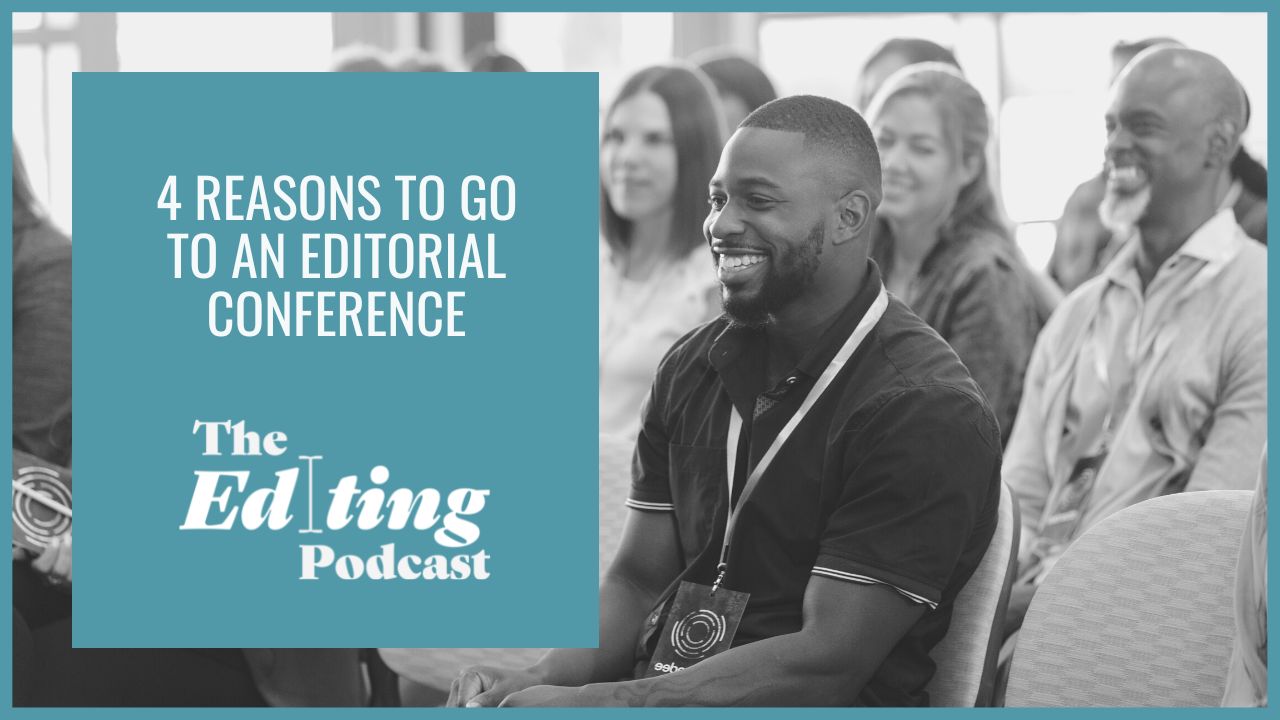
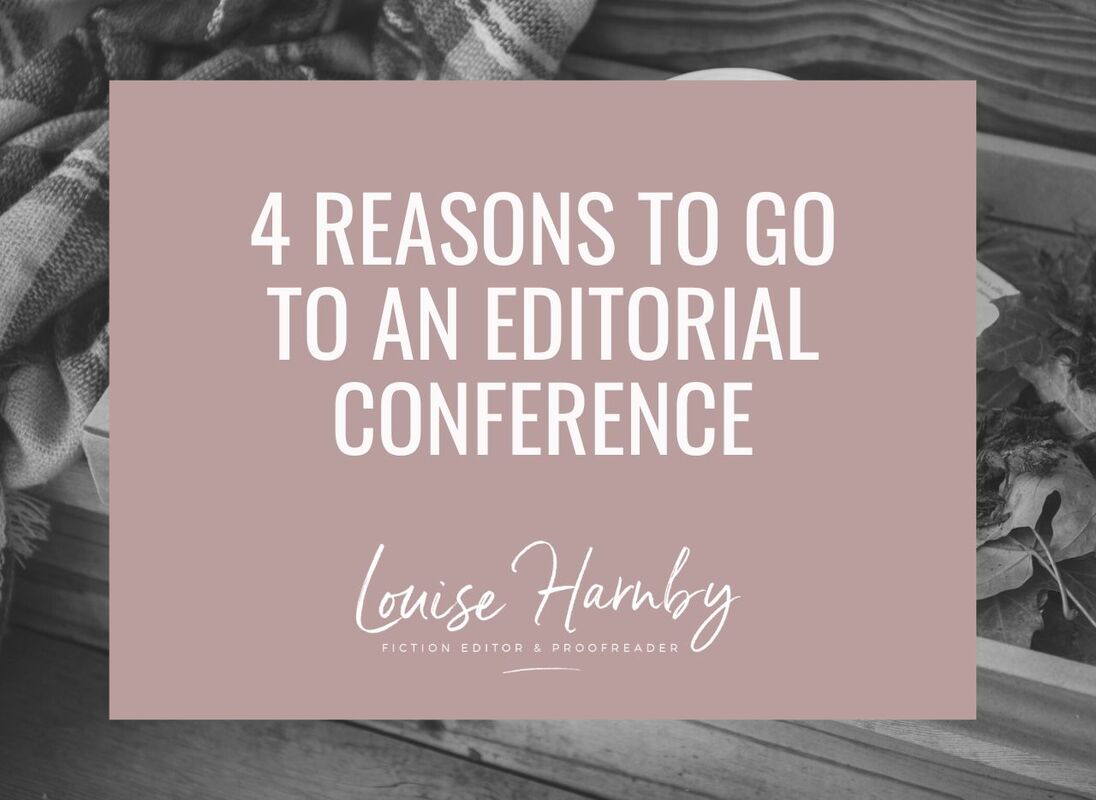
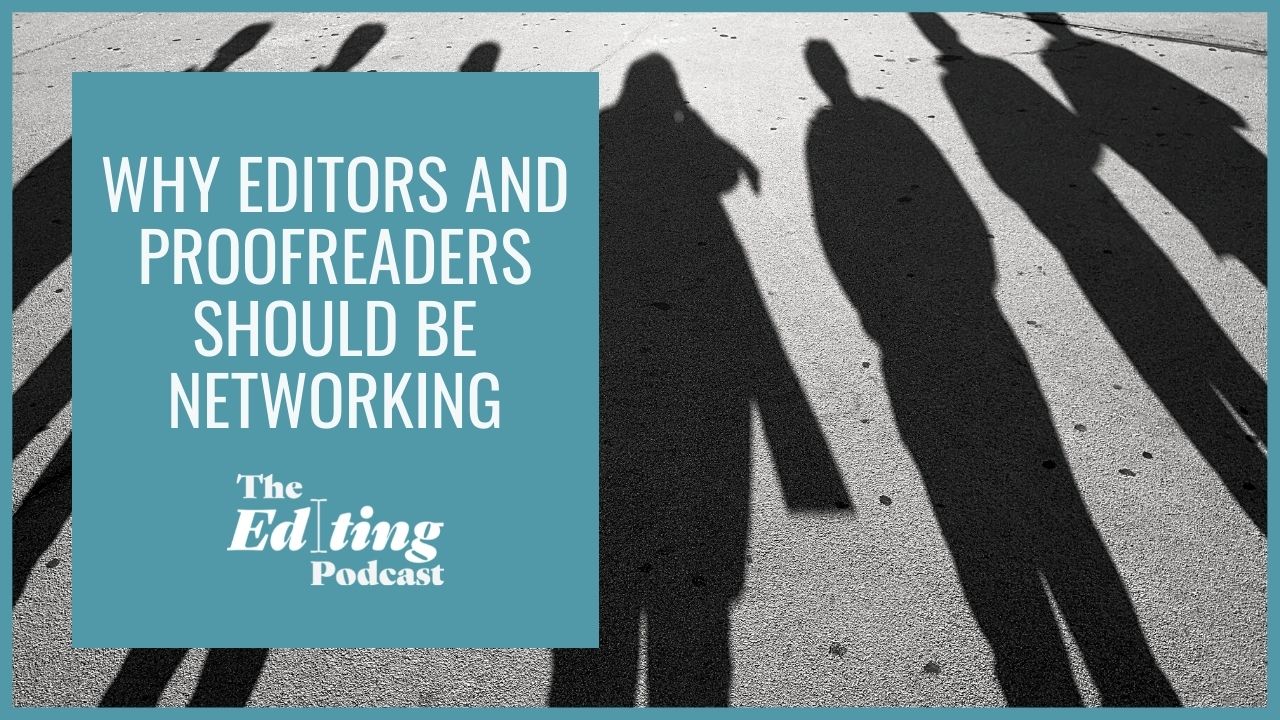
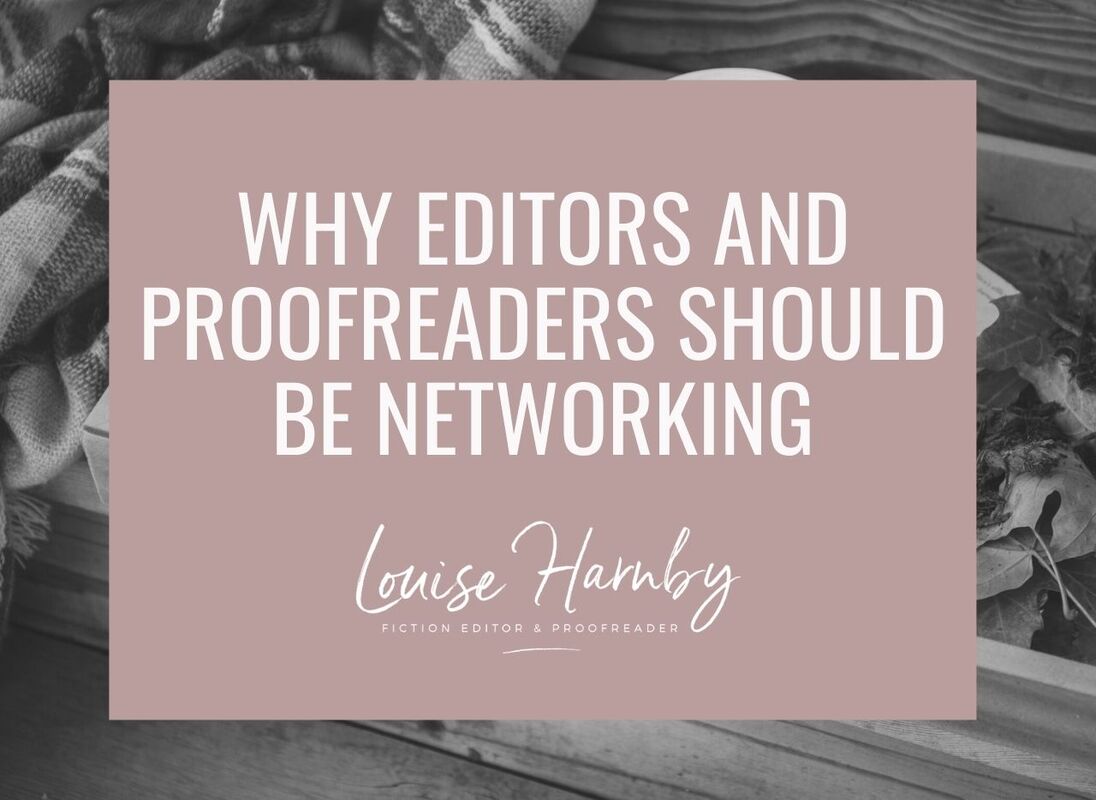
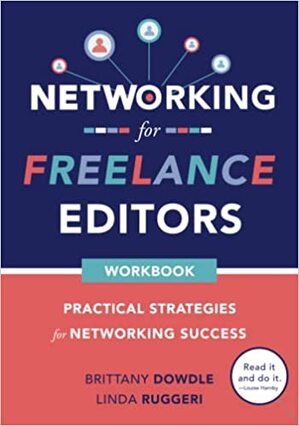
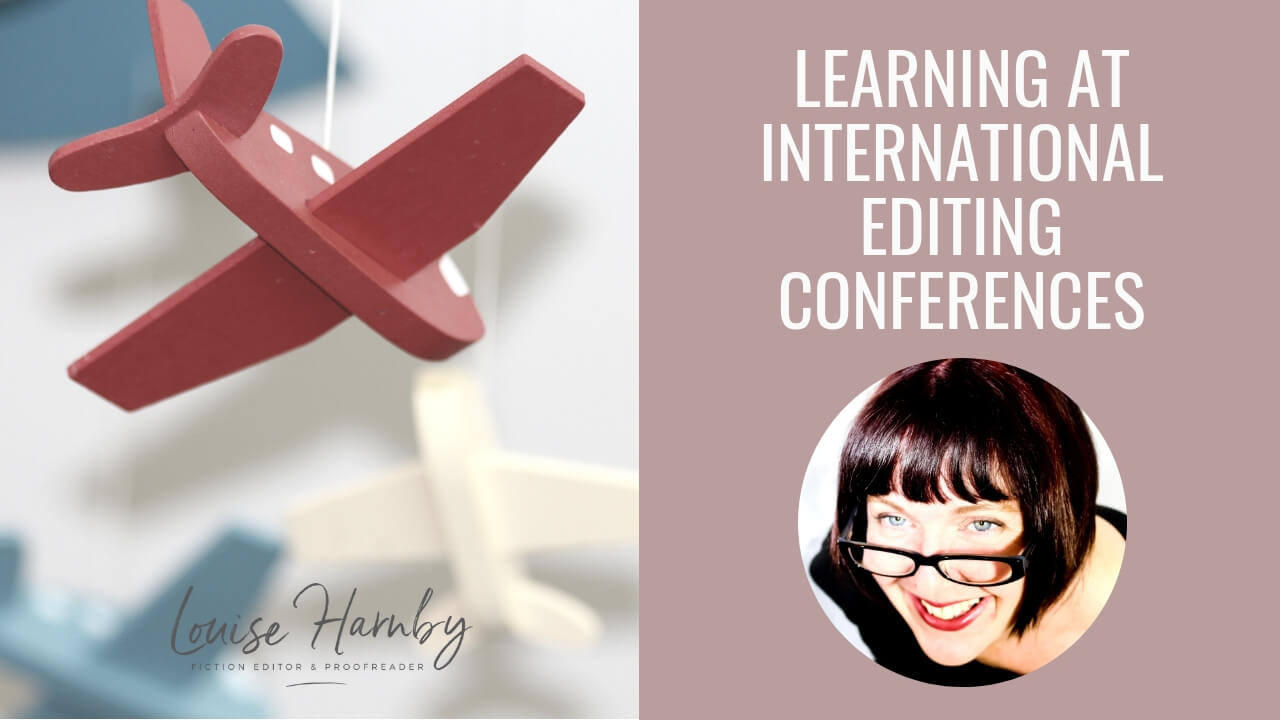
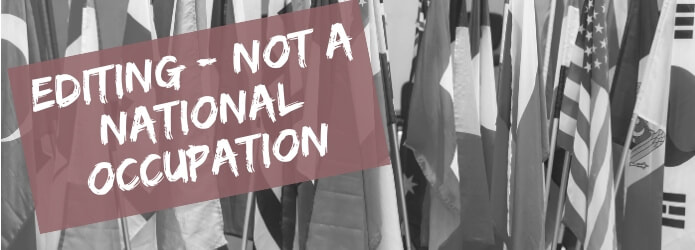

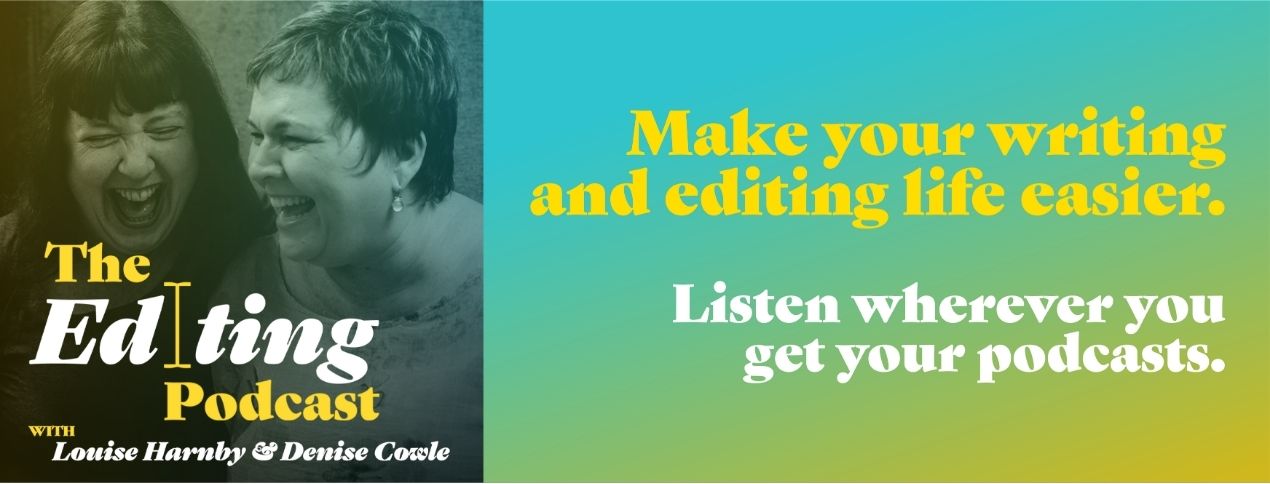
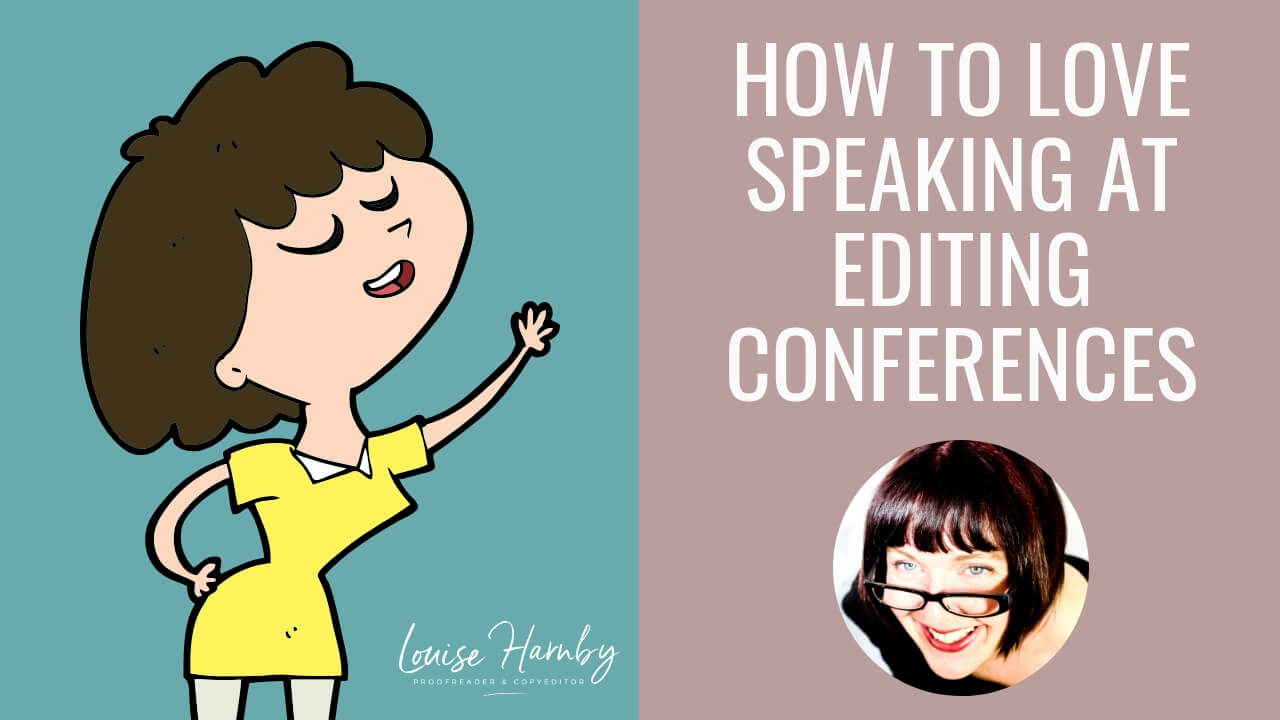


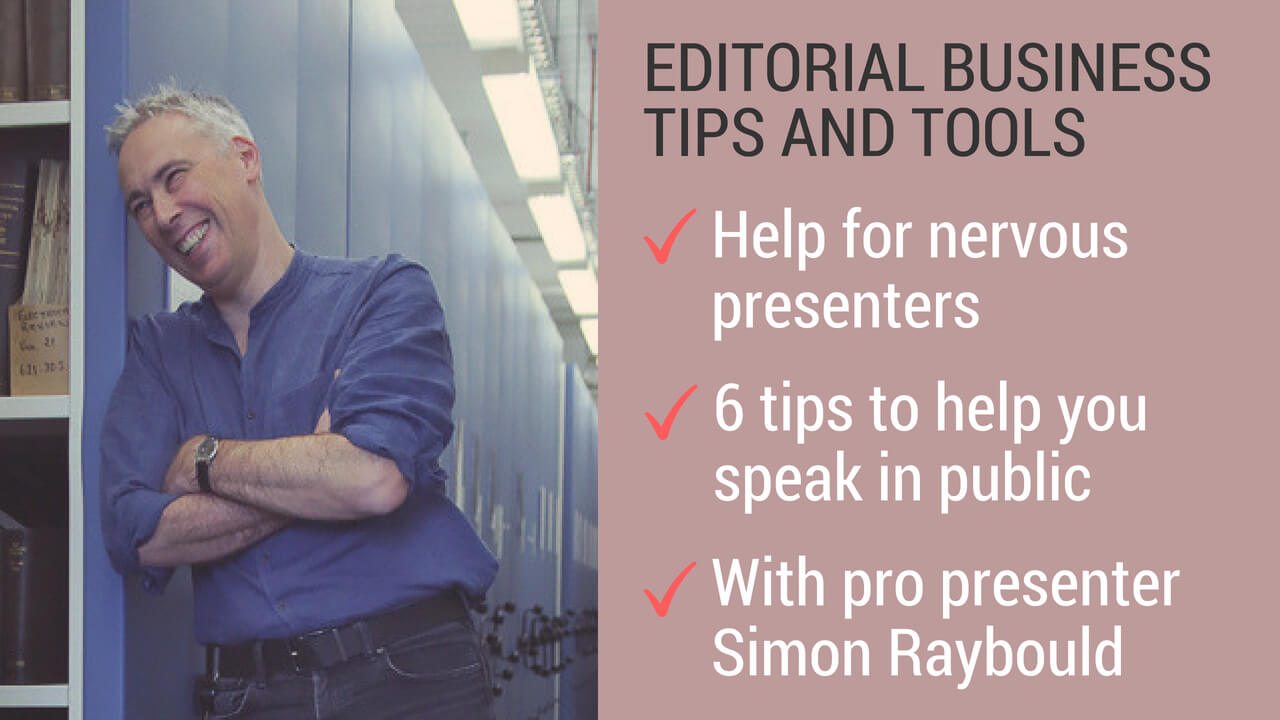
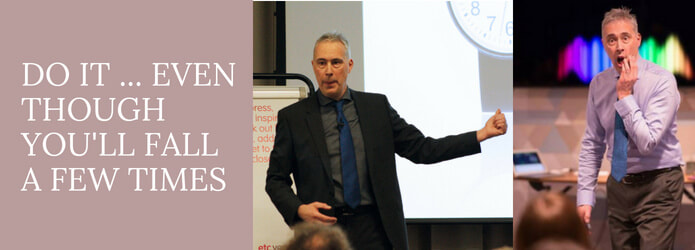



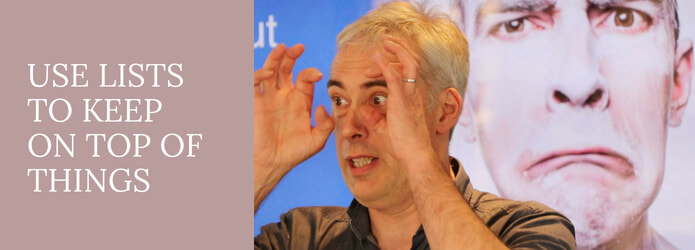
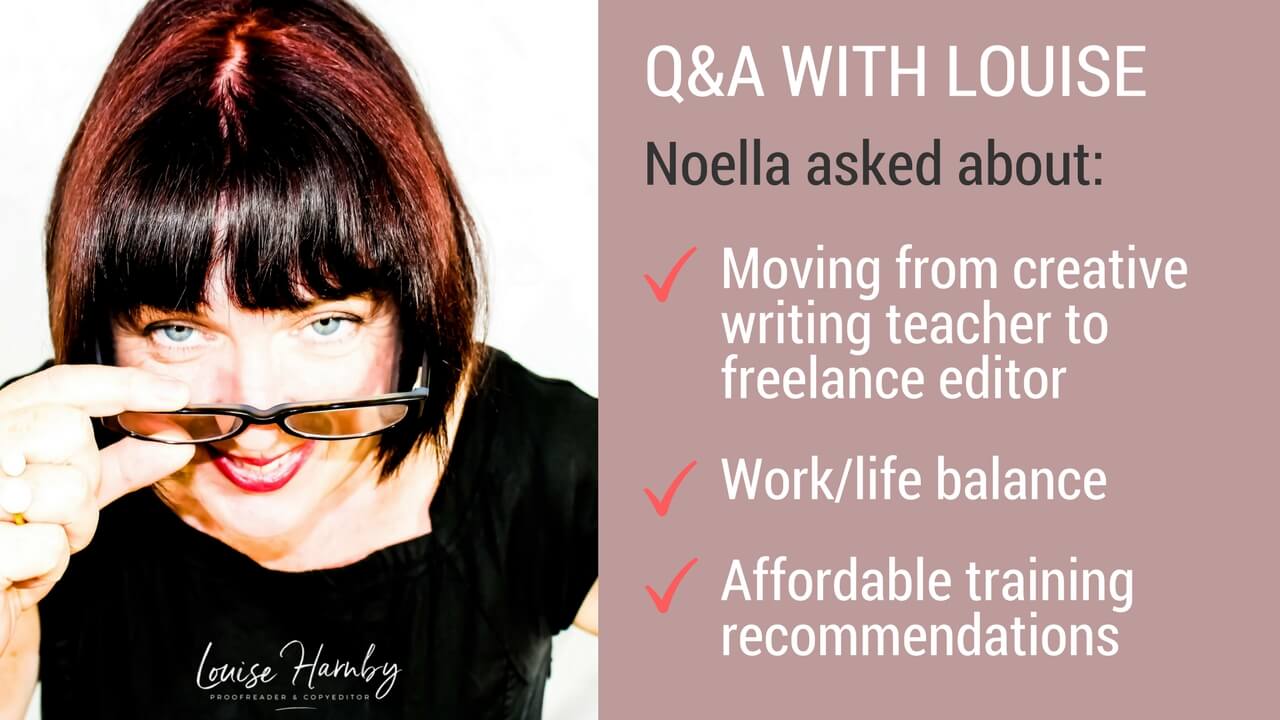
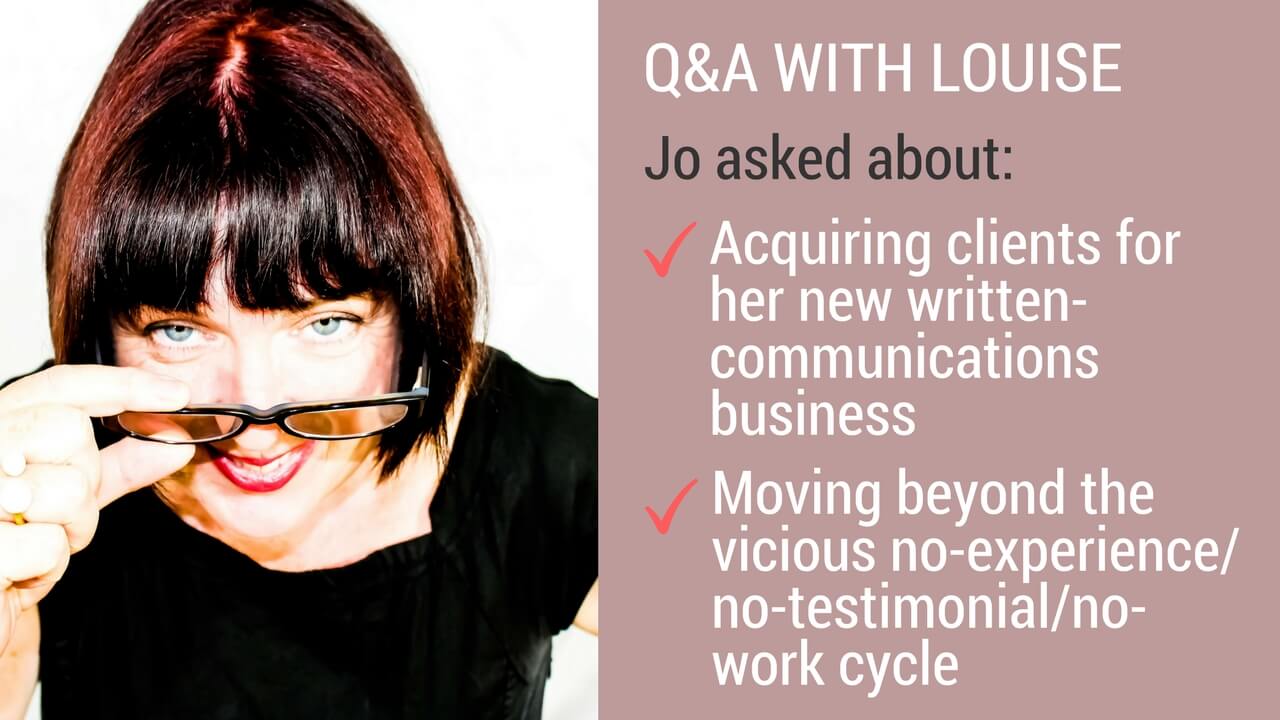
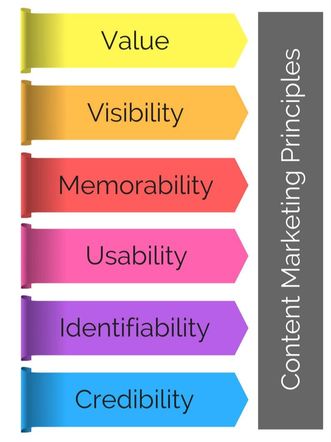
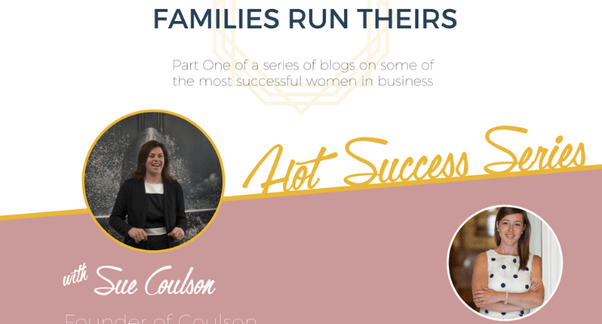
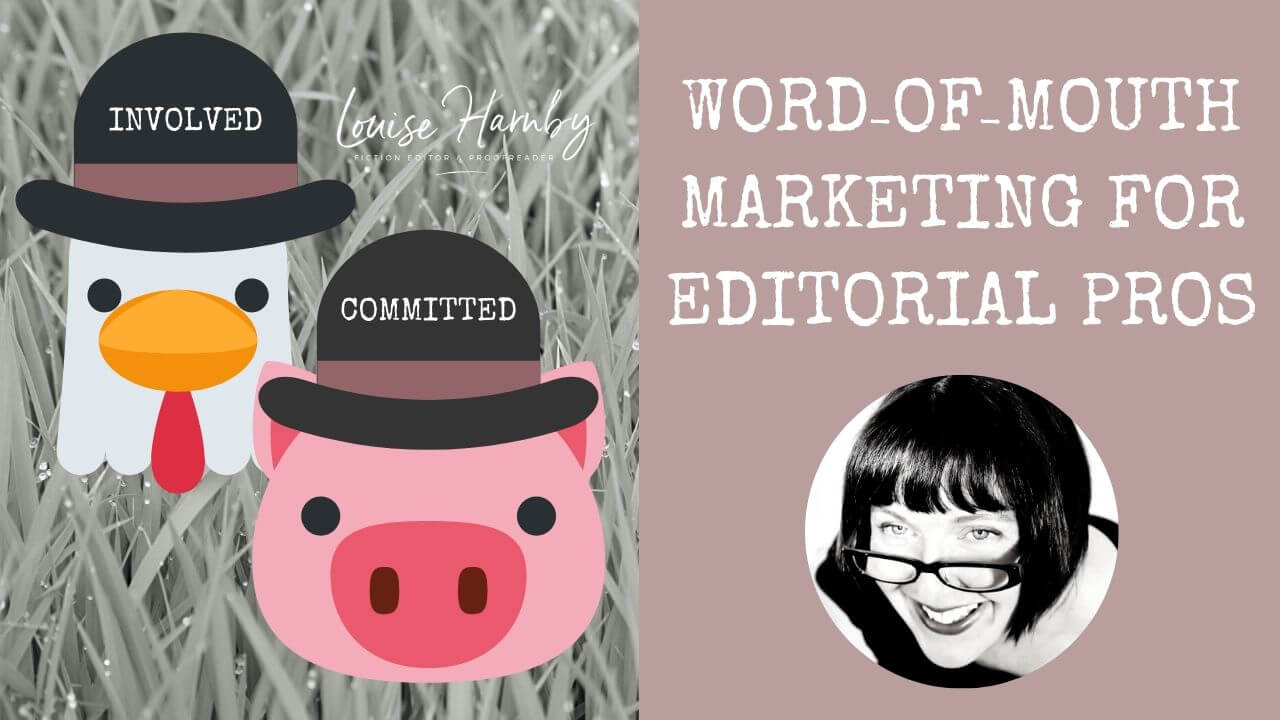
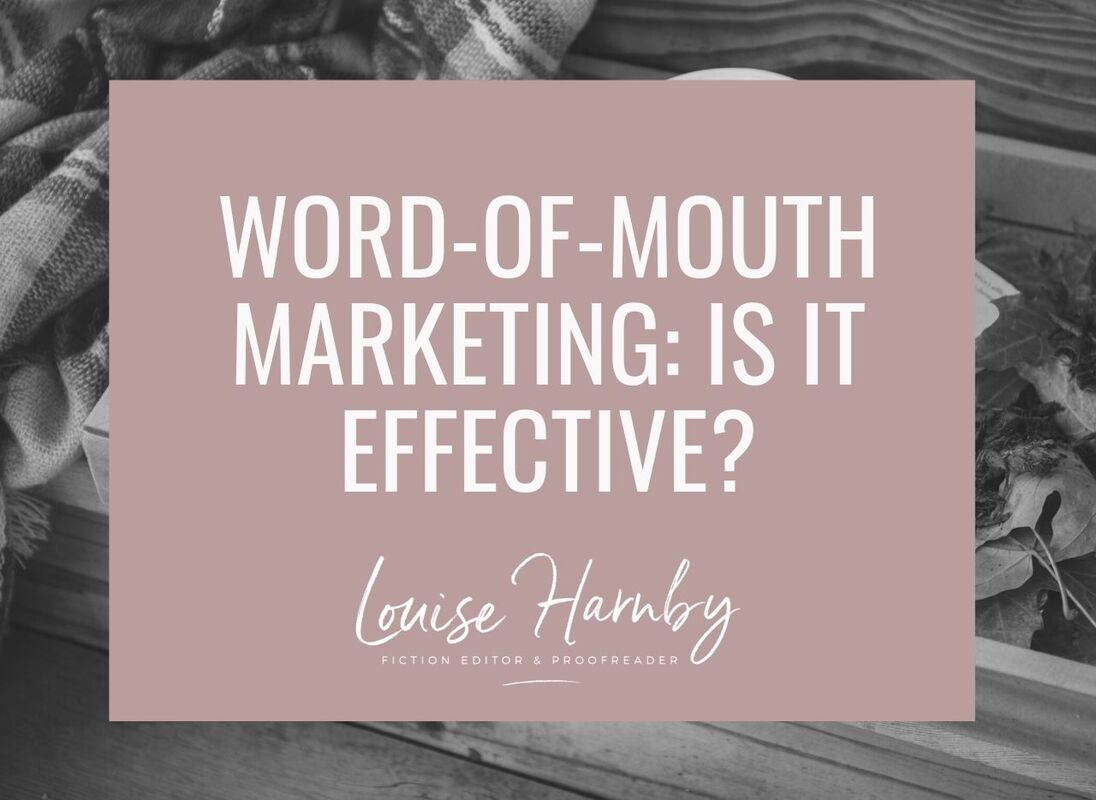

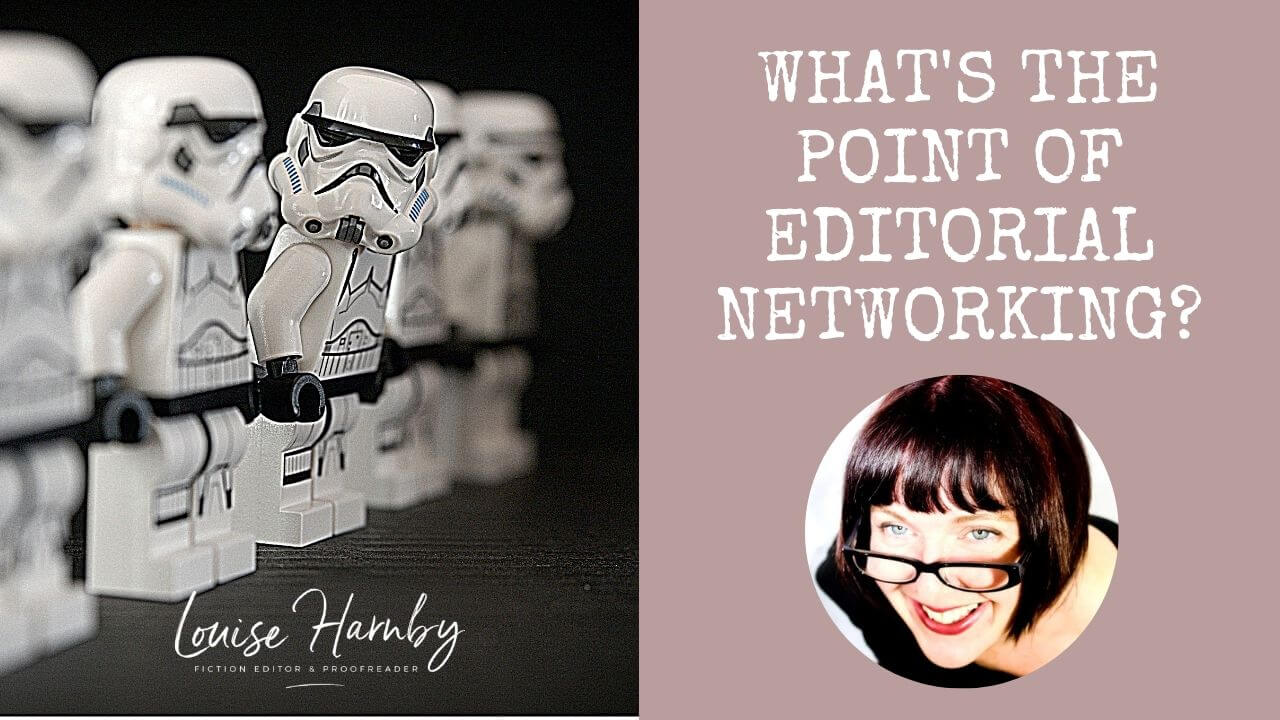
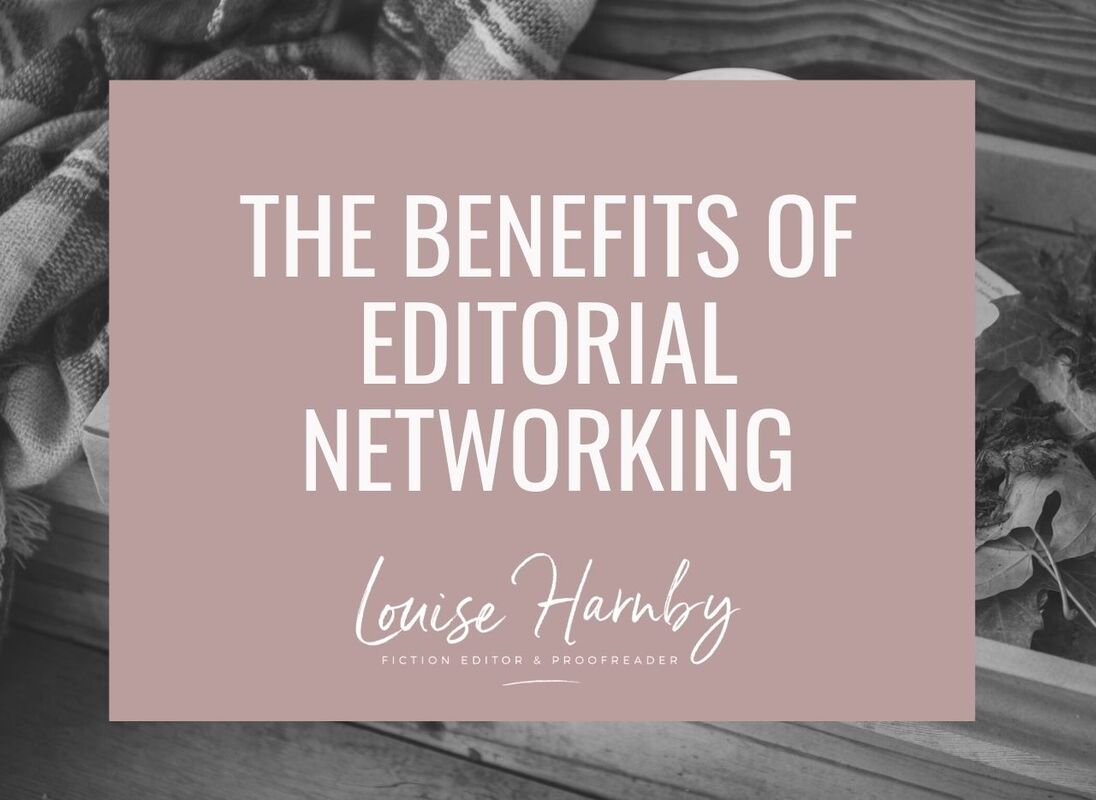
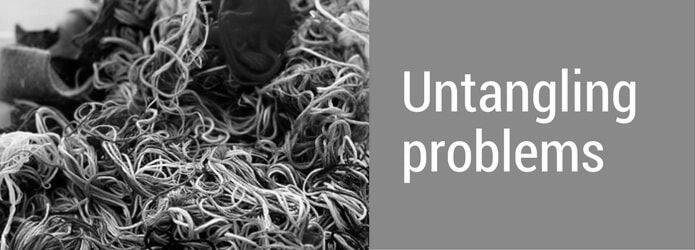





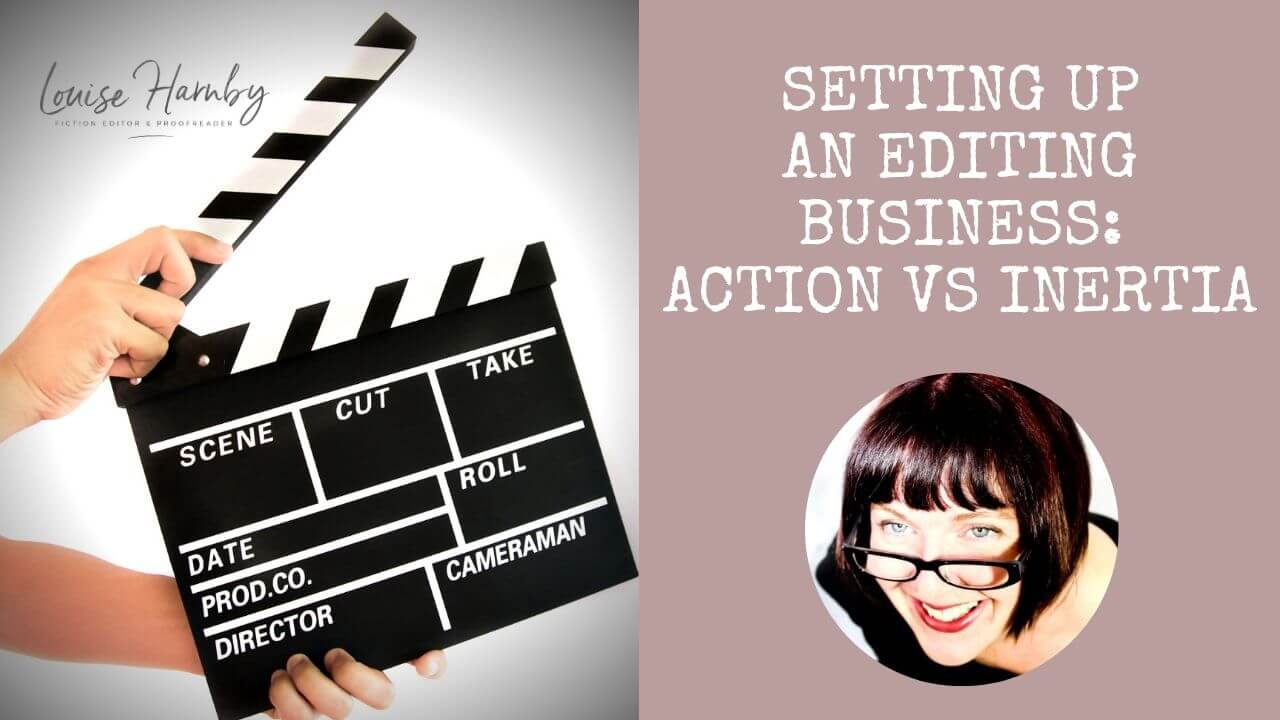
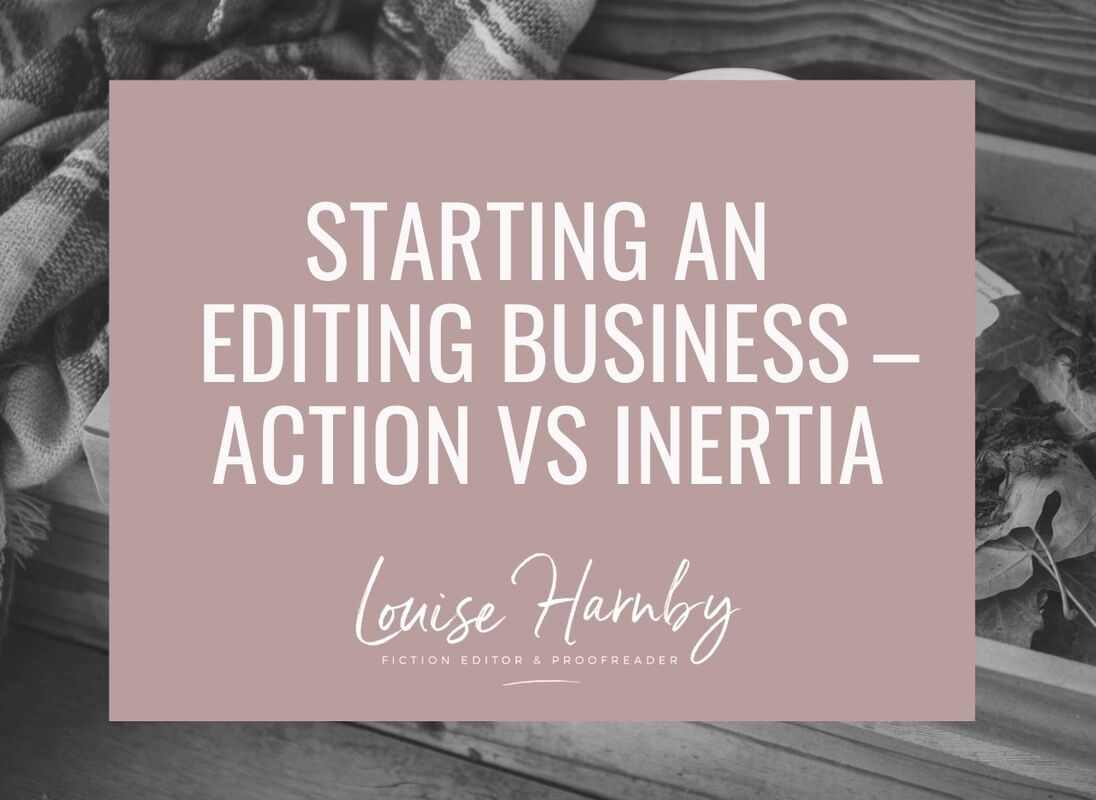

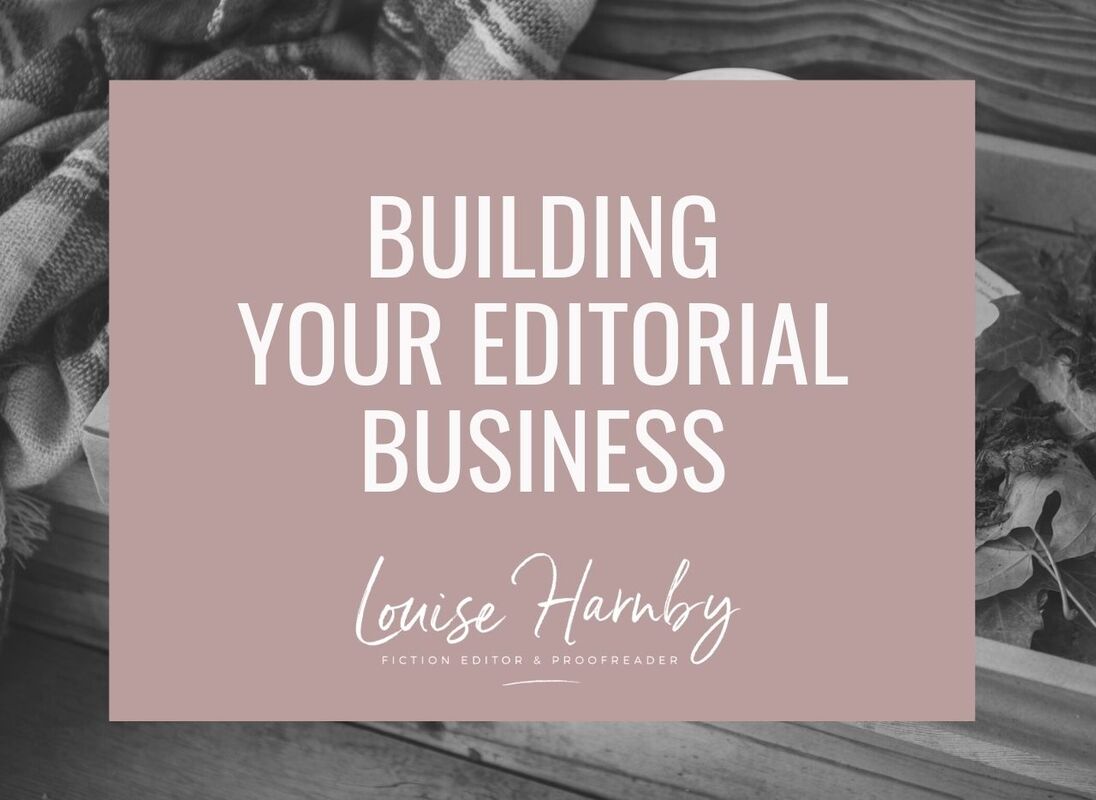
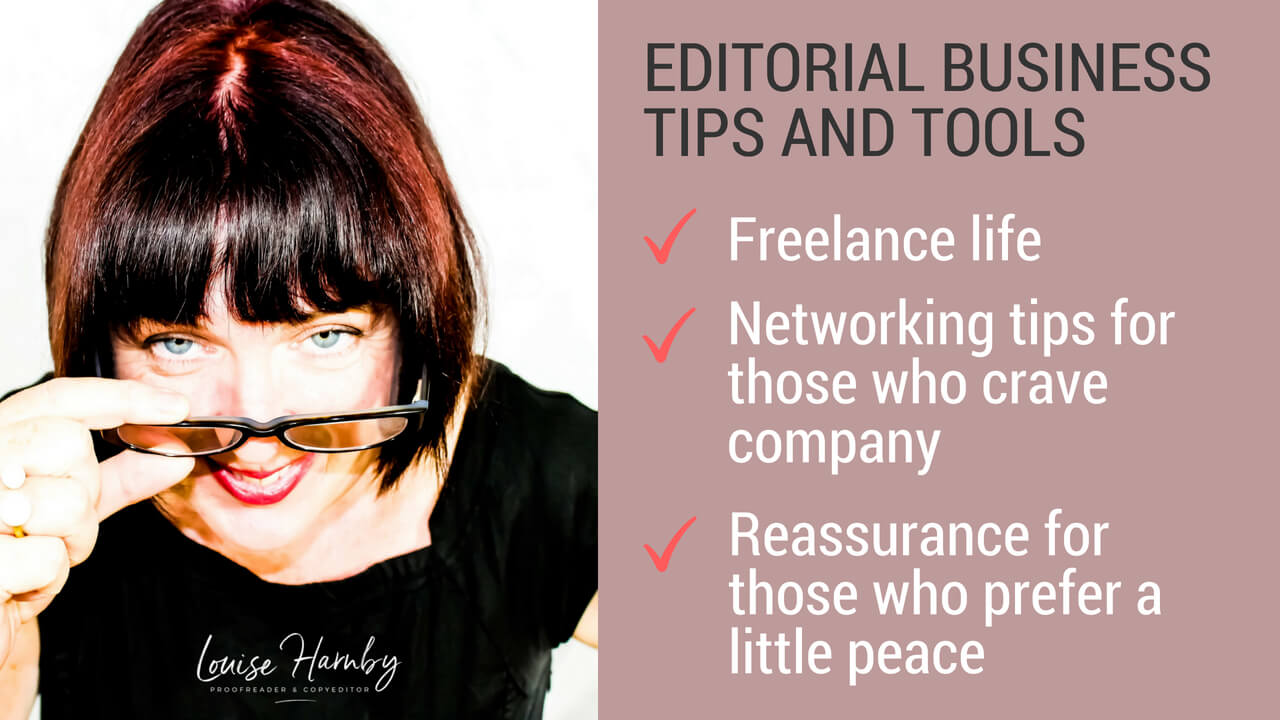













 RSS Feed
RSS Feed





